Introduction
The Artralab Nocty-Nonikkor 50mm f/1.2 is a manual lens that clearly evokes the nostalgic look of classic Nikkor lenses from the 1960s to the 1980s. Combined with the fact that it’s designed and built using modern technology—without being a direct replica—it makes for a lens that feels both exciting and appealing. Its fast aperture in a relatively compact package is also an intriguing combination. Let’s see how it performs!
![]() I tested this lens on a 46 Mp Nikon Z7ii (Sample images were taken with a Nikon Zf )
I tested this lens on a 46 Mp Nikon Z7ii (Sample images were taken with a Nikon Zf )
 You can see this review as a YouTube video here!
You can see this review as a YouTube video here!
![]() Sample images in high resolution here.
Sample images in high resolution here.
Sample Images
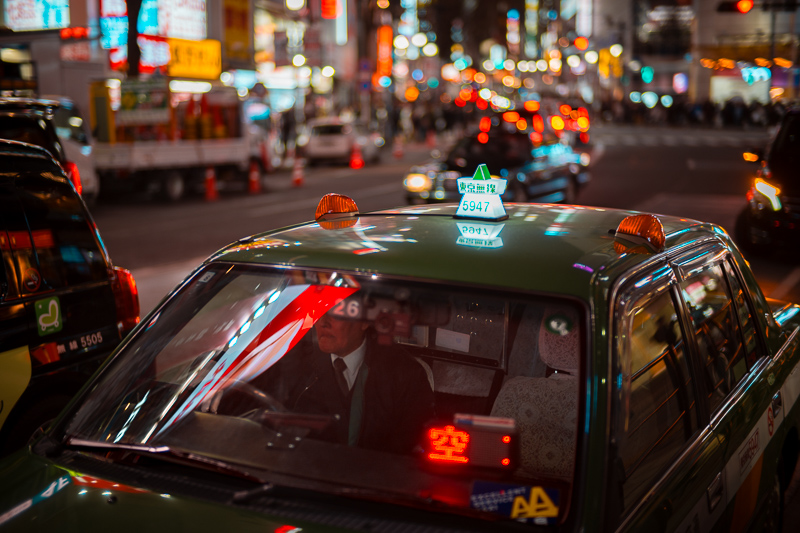
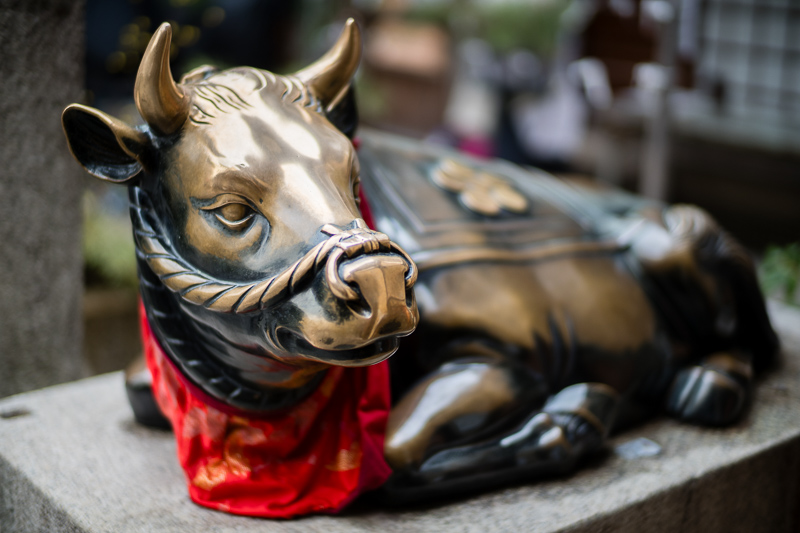
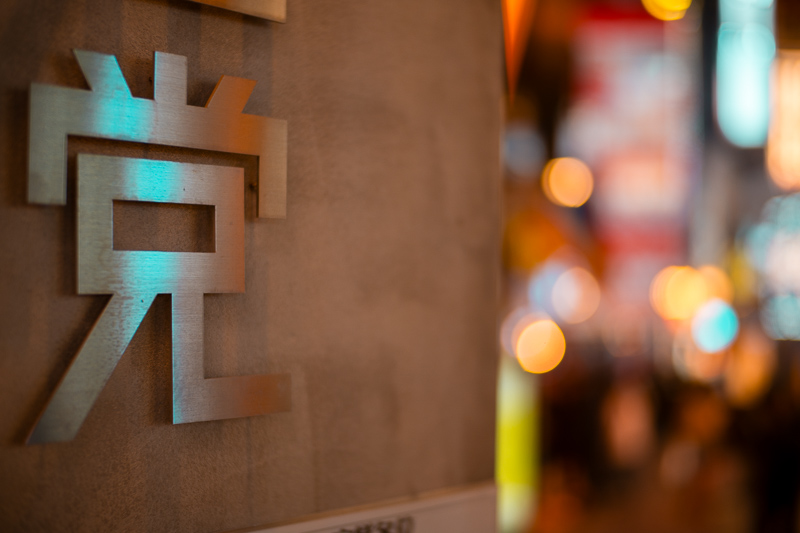
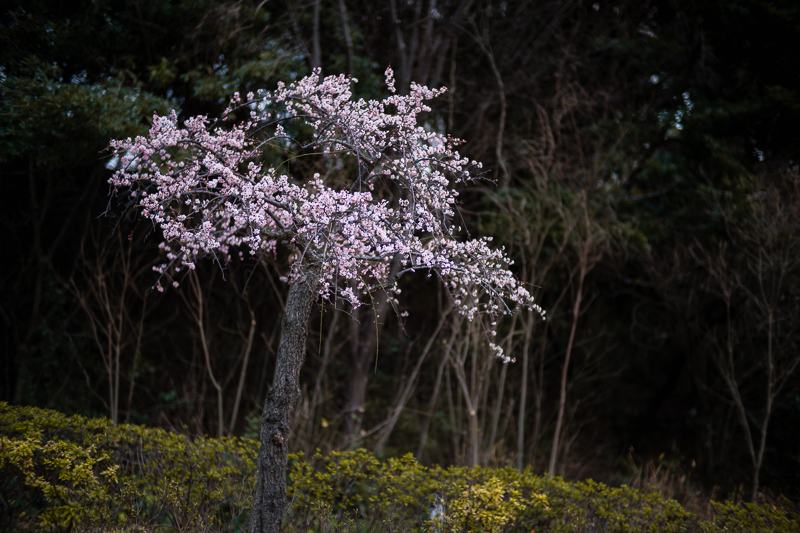
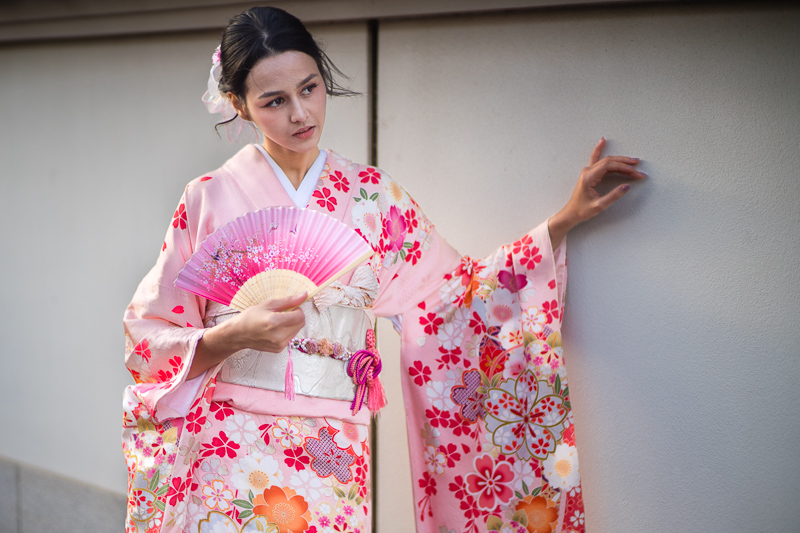
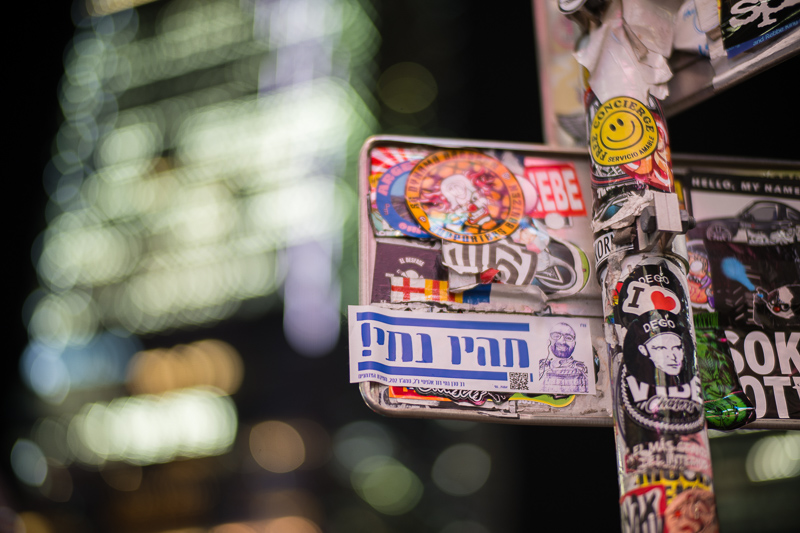
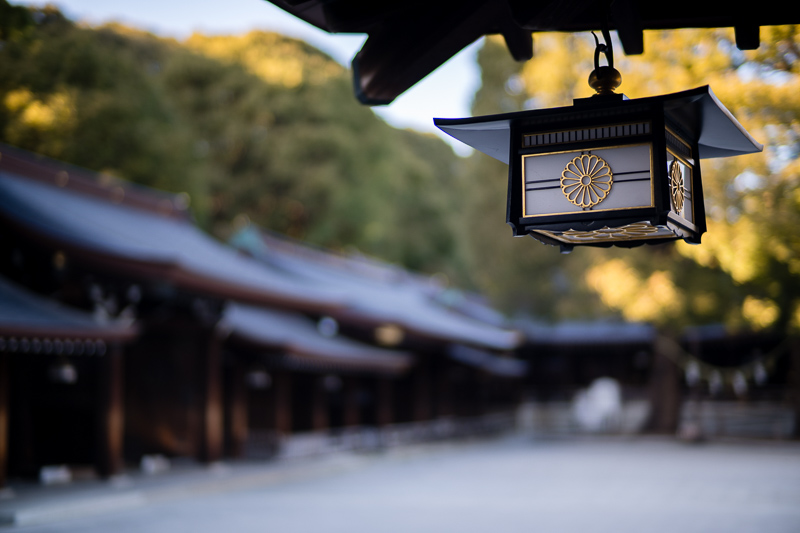
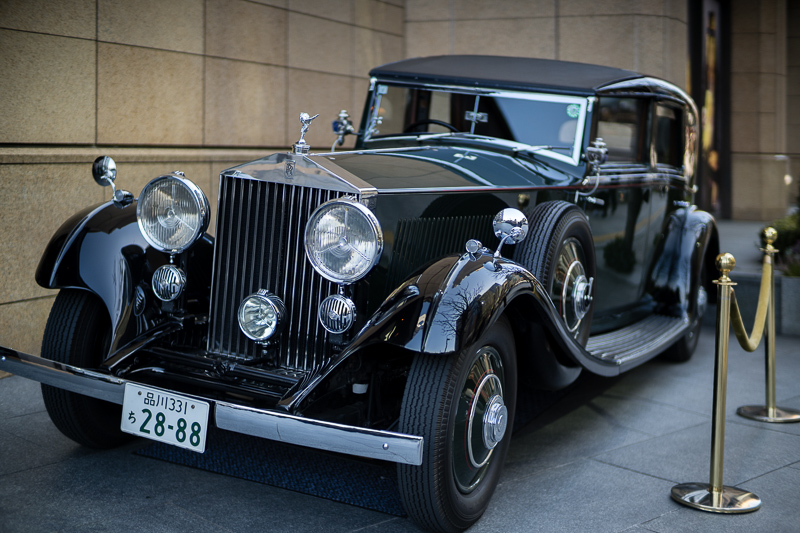
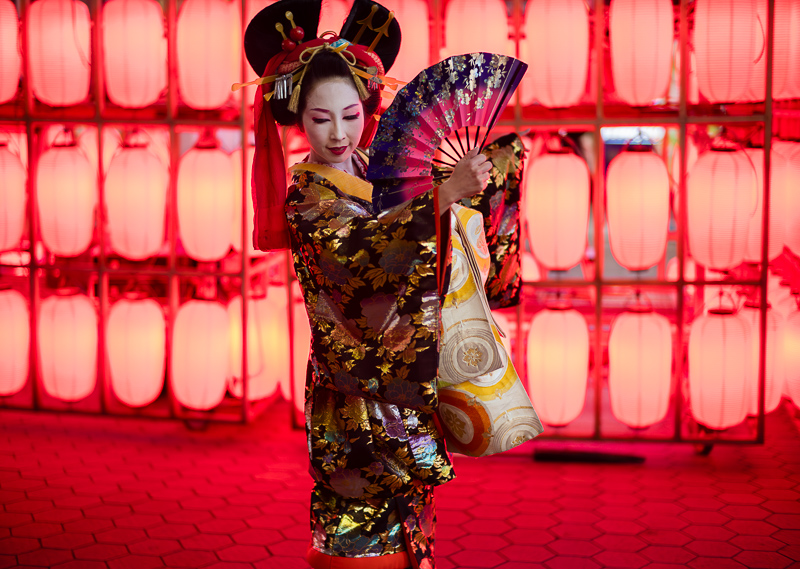
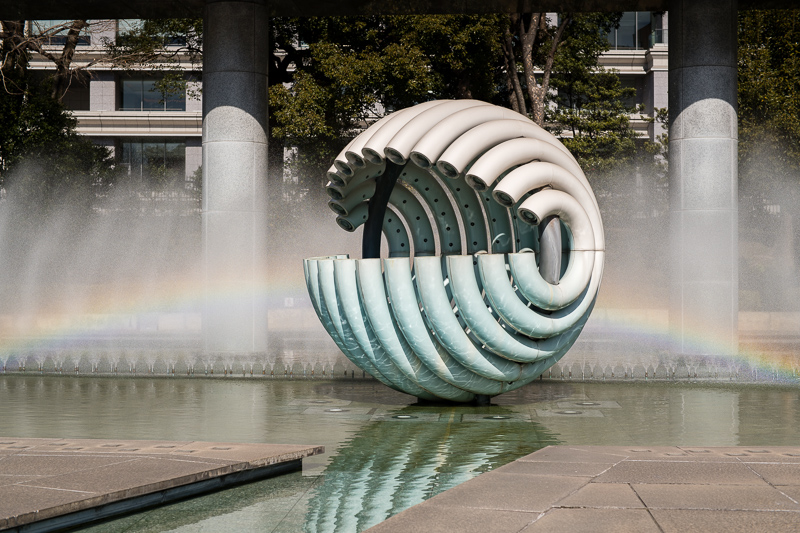
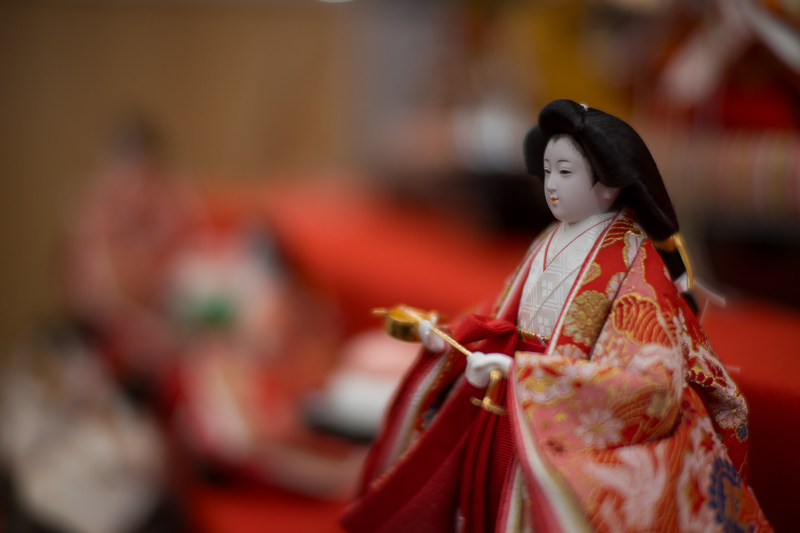
Most of the sample images in this review and many more can be found in higher resolution here.
Specifications
| Focal Length | 50mm |
| Angle of View | 46° |
| # of Aperture Blades | 11 |
| Max Aperture | F/1.2 |
| Min Aperture | F/16 |
| Min Focus Distance | 0.35 m |
| Filter Size | 52mm |
| Lens Mount | Sony E , Nikon Z, Fuji X |
| Weight | 560 g |
| Size (D x L) | 72 x 83 mm |
| Elements/Group | 8/6 |
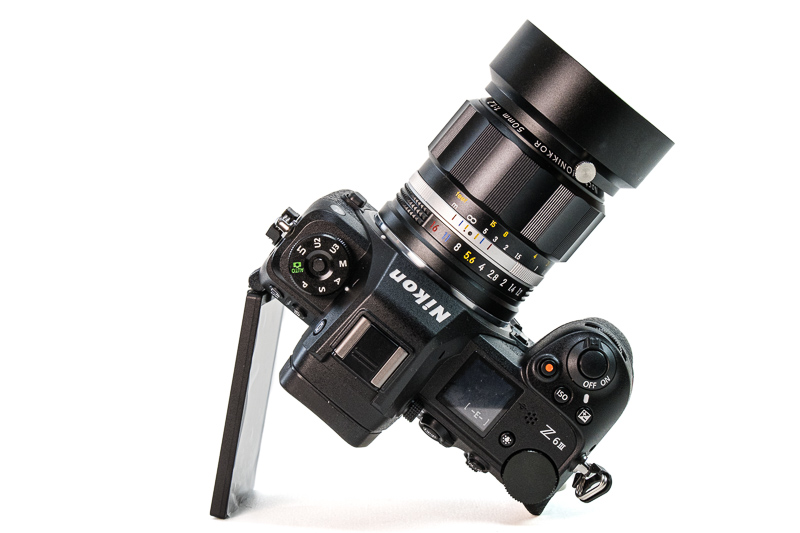
| Buy new: B&H, Amazon (anywhere), Artralab store for $550 (Affiliate links) |
Disclosure
Artralab kindly provided this lens for test and review purposes. This review is of course, as always, completely independent.
Handling and Build Quality
The Artralab Nocty-Nonikkor 50mm f/1.2 is relatively small for a lens of this specification, but it feels dense and heavy for its size due to the all-metal construction. It gives a solid, high-quality impression when held.
It’s clear that Artralab drew a lot of inspiration from the classic Nikkor f/1.2 lenses in designing this one. However, I wouldn’t say it’s an exact replica of any specific model in terms of shape.
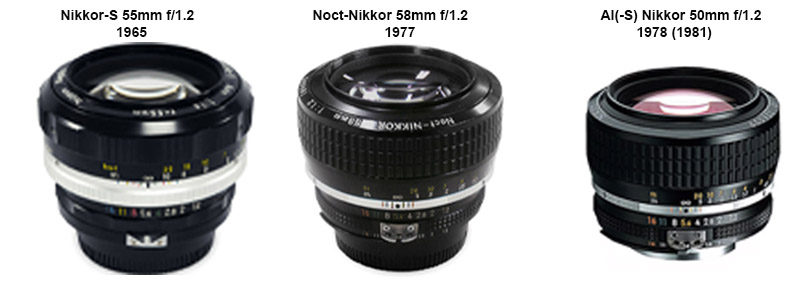
The lens features a generously wide, hill-valley style focusing ring that is well-damped and turns smoothly through about 190–200°. The scalloped design is reminiscent of 1960s Nikkor lenses, somewhat similar to the original Nikon 1.2—the Nikkor-S 55mm f/1.2 from 1965.
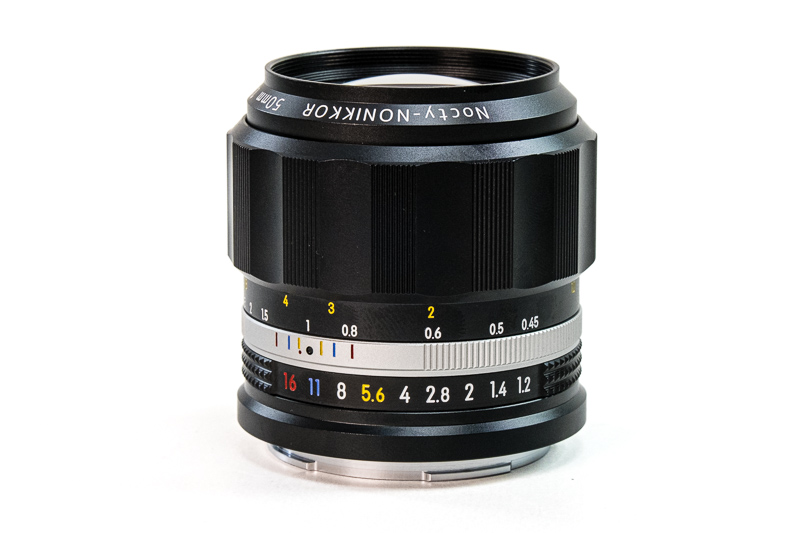
This lens carries the “Nocty” designation, which immediately brings to mind Nikon’s second f/1.2 lens—the Noct-Nikkor 58mm f/1.2 from 1977. The silver collar with the depth of field scale uses the same colour coding as the Noct, as well as the third Nikon f/1.2 lens.
The aperture ring features full-stop clicks (except at f/1.2, of course), with values engraved and ink-filled. The colour coding here also matches what we see on the second and third Nikkor f/1.2 lenses.
And lastly, the 50mm focal length matches that of the third Nikon 1.2 lens.
So, you get something from each of the historical lenses in this design.
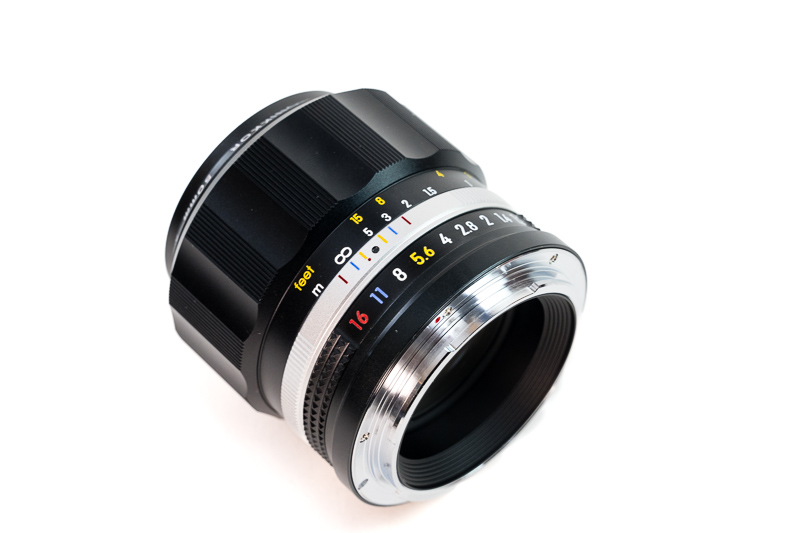
The lens is fully manual, with no electronic contacts on the mount, and it does not feature autofocus or in-lens stabilisation. There’s no weather sealing either, but the build feels tight and solid. It comes with standard plastic rear and front caps, plus a metal lens hood that is secured with a small thumbscrew.
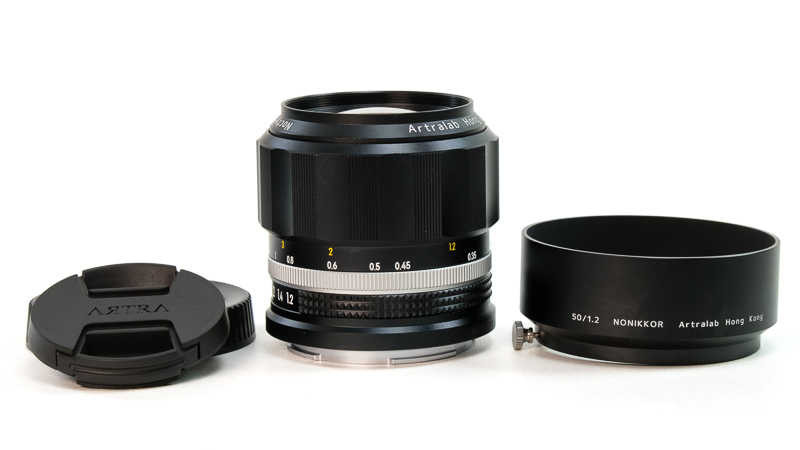
Unlike most Chinese manual focus lenses, the aperture values on the ring are evenly spaced, similar to classic Nikon lenses. This is good. However, a rather peculiar thing, my tests showed that moving from one aperture click to the next does not always result in a precise doubling or halving of the light passing through the aperture. In the following table you can see my finding, I have also included values from a Nikon 50mm f/1.4 for comparison.

Practically, this means you’ll get 1/3-stop increments at the wider apertures and 2/3-stop steps in the middle range—which can be useful, but also a bit confusing, especially if you’re used to standard full-stop spacing. It also means you don’t get actual f/8 or f/11 positions on the lens. The f-stop markings are there and the aperture ring clicks at those points, but the aperture itself never closes exactly to those values.
I asked Artralab about this behaviour. Here is Artralab’s explanation regarding the design philosophy behind it:
“To maintain the lens’s balanced aesthetic and achieve a full circular bokeh, we intentionally adjusted the spacing between each aperture stop for visual harmony. This approach means the light transmission doesn’t strictly align with standard EV increments, which we acknowledge. However, we’ve found this has minimal impact on digital photography workflows, especially given modern cameras’ dynamic range and exposure flexibility.
Our core goal was to craft a lens that evokes a nostalgic shooting experience—emulating the focal plane design of 1980s-era lenses to render images with a vintage character. We believe this intentional trade-off between technical precision and artistic intent helps users capture unique, timeless visuals.”
Well, now that we’ve cleared that up, let’s get into the lens’s optical characteristics.
Optical Features
Sharpness (Infinity)
For the infinity sharpness test, we look at three areas of the image, centre, mid-frame, and corner, see highlighted areas in the image below!
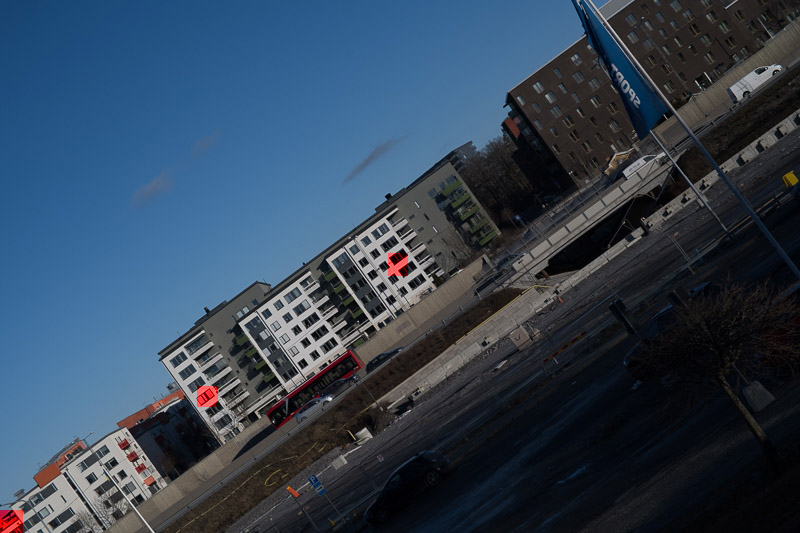

Sharpness is excellent in the centre of the image right from wide open at f/1.2, while the midframe is only OK and corner is not good.
Stopping down helps but as we saw in the handling section, to see the real effect of 1 stop closer aperture or two, you need to stop down to 3 to 6 steps on the lens. Midframe becomes good at f/4, very good at f8 and excellent from f/11. For the corners to become good you need to stop down to f/16.
Sharpness (Portrait)
Let’s look at the points of interest for portraits at the portrait distance: the very centre, the centre’s inner periphery (1/3 rule intersection), and the centre’s outer periphery (1/4th intersection).
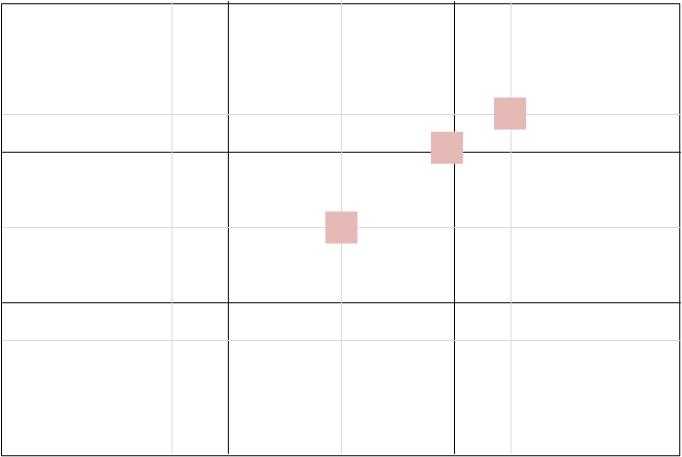
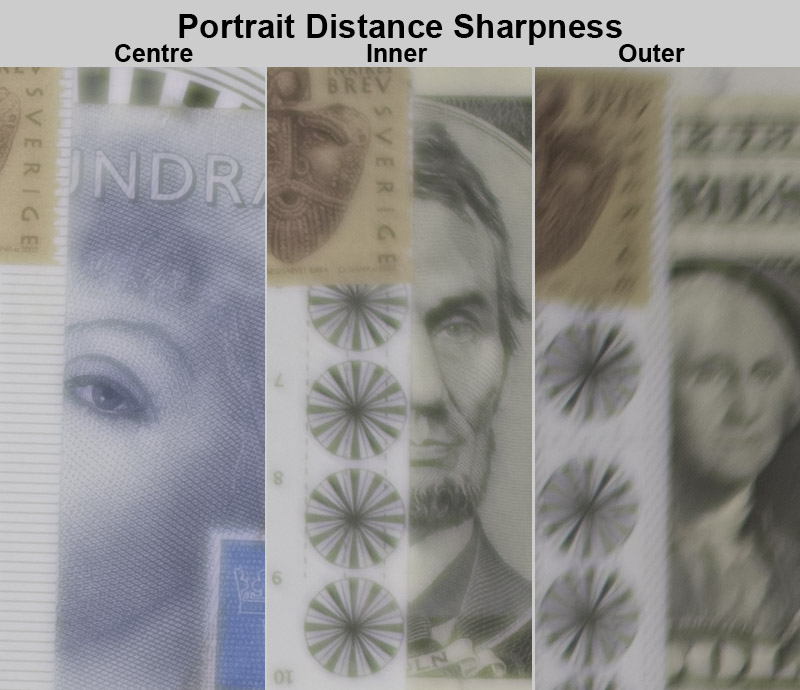
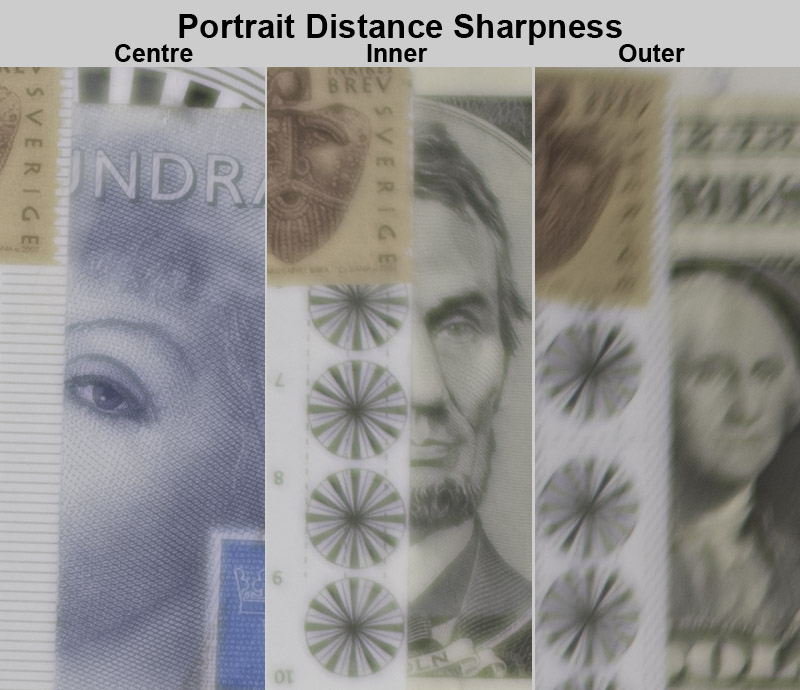
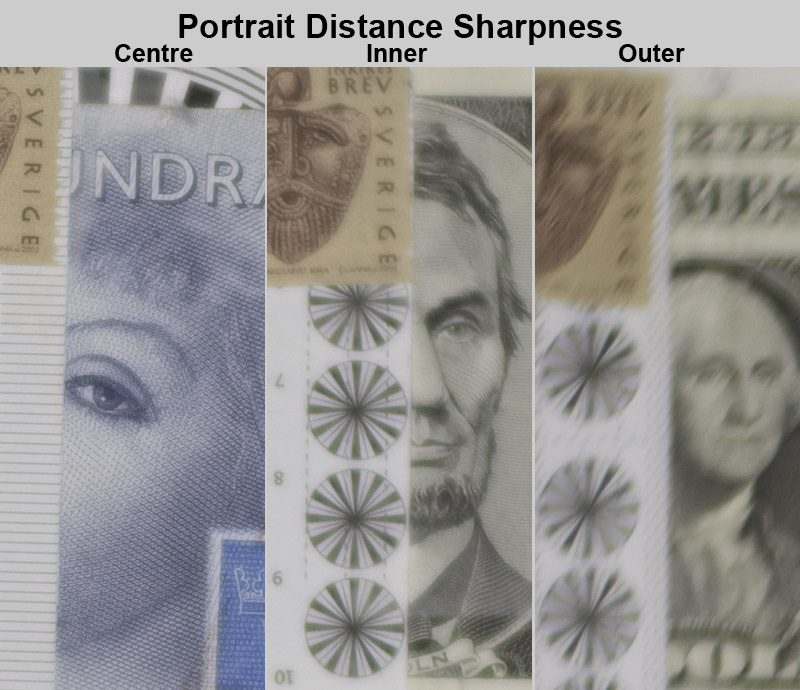
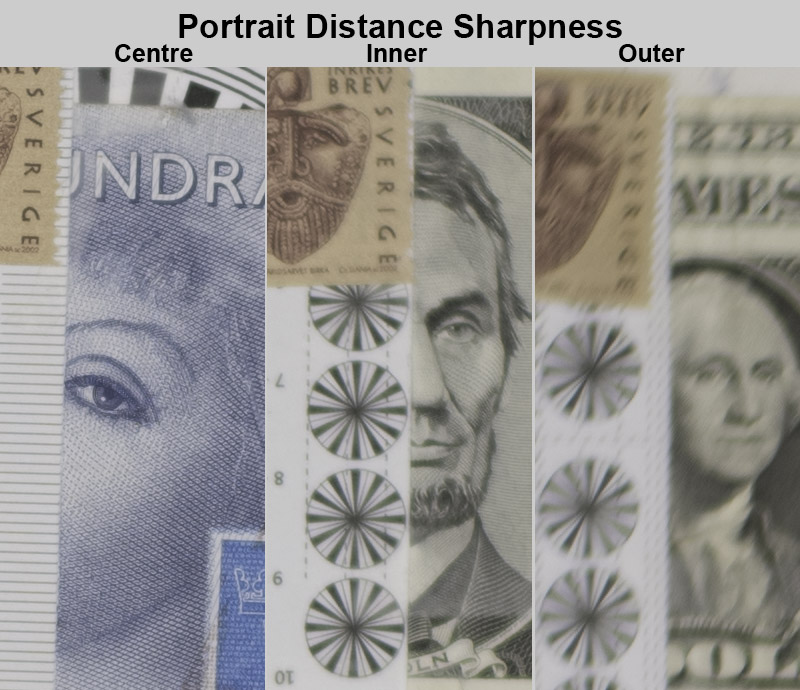
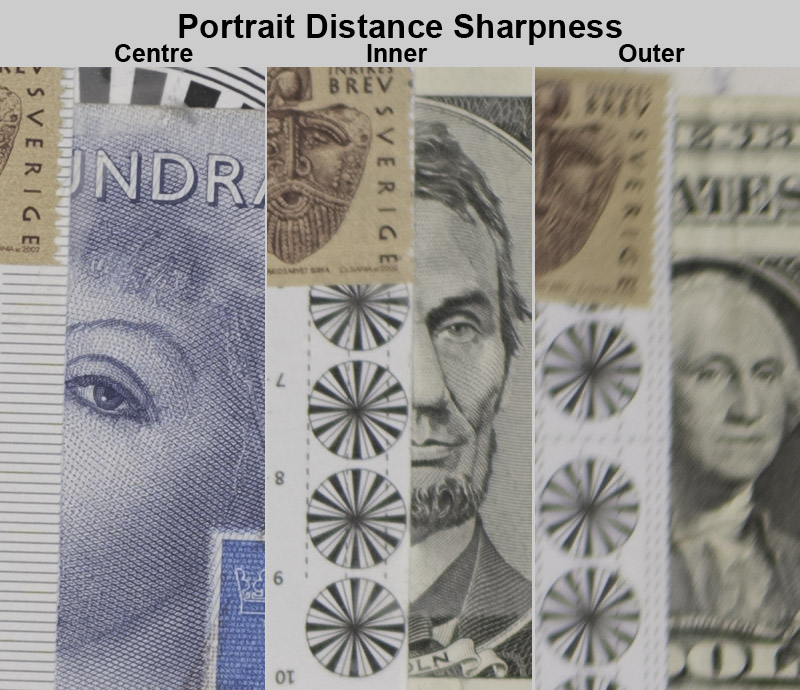
From wide open, sharpness is excellent in the centre, good in the inner circle, and acceptable in the outer circle. However, the image lacks contrast and appears quite hazy across the entire frame. To eliminate the haze, you’ll need to stop down to f/2.8, which also significantly boosts contrast. Sharpness in the inner and outer circles gradually improves, with the outer circle achieving good sharpness by f/4. it looks like that his lens, like the vintage lenses in this class, suffers from spherical aberration.
Sharpness (Close-up)
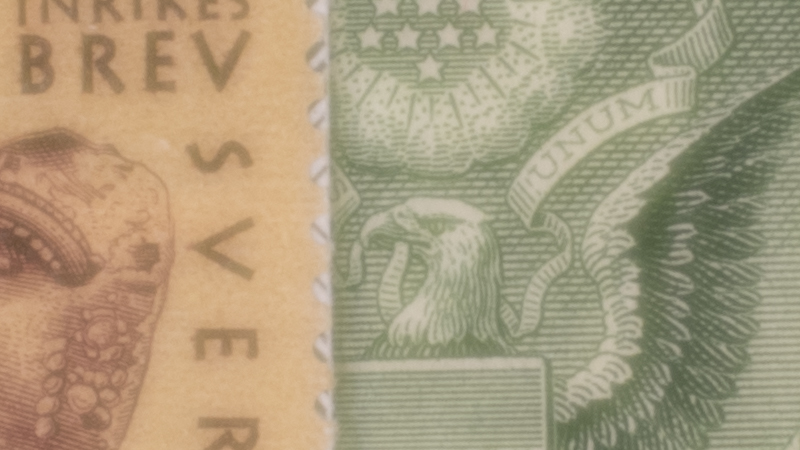
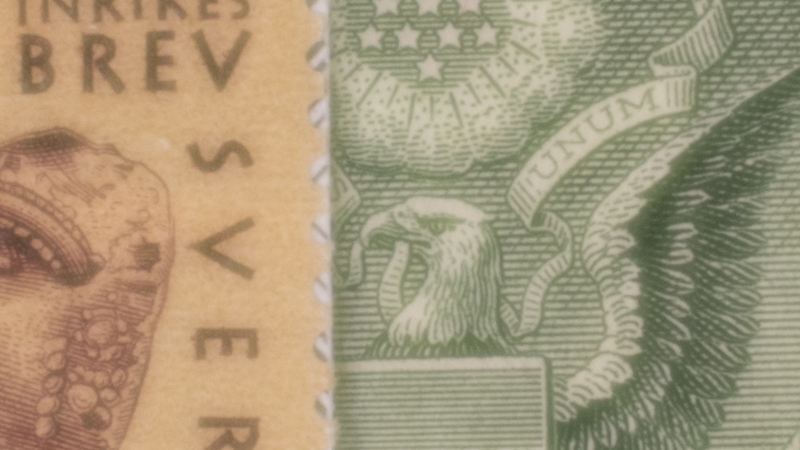
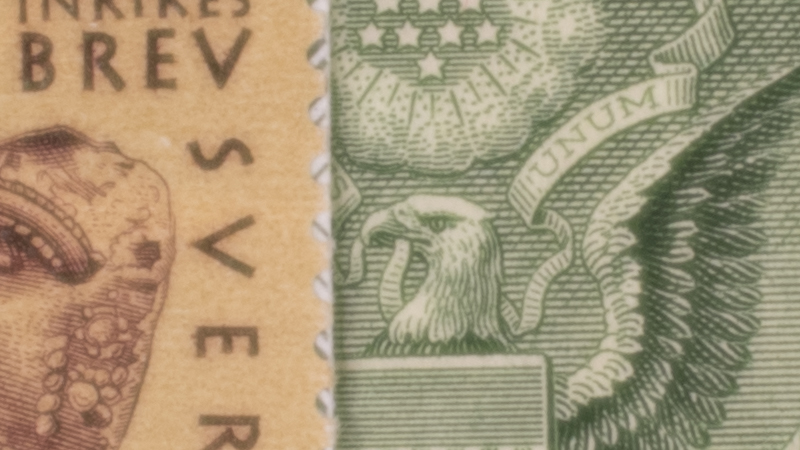
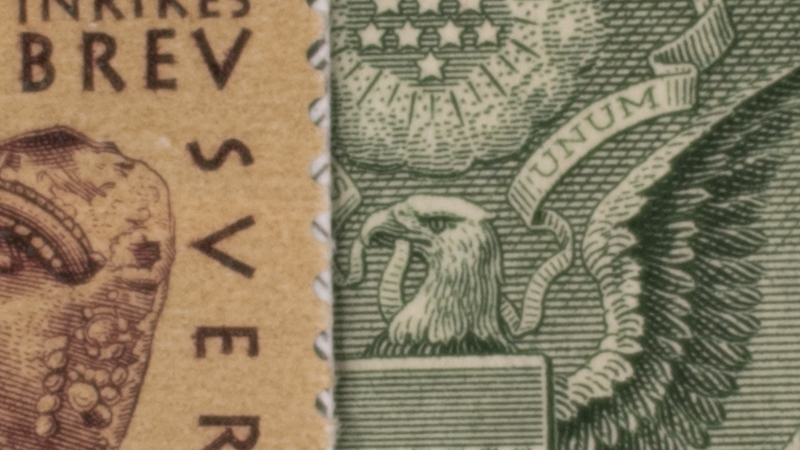
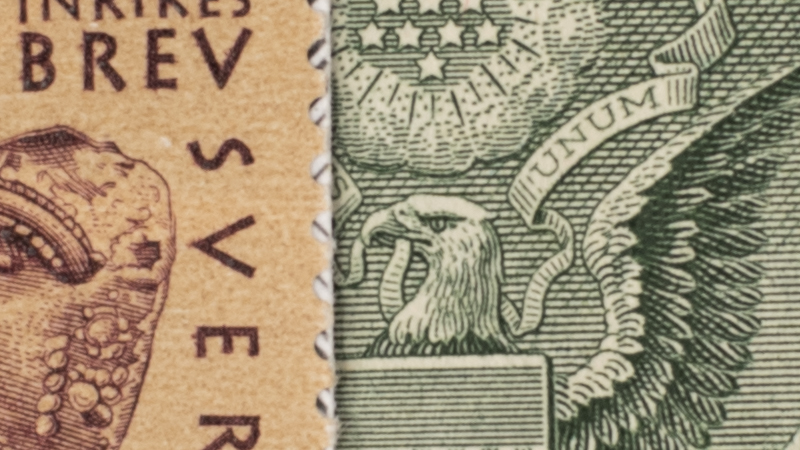
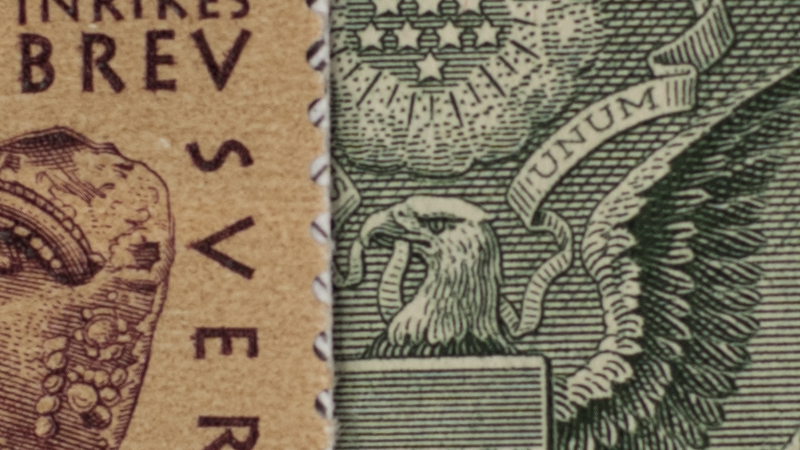
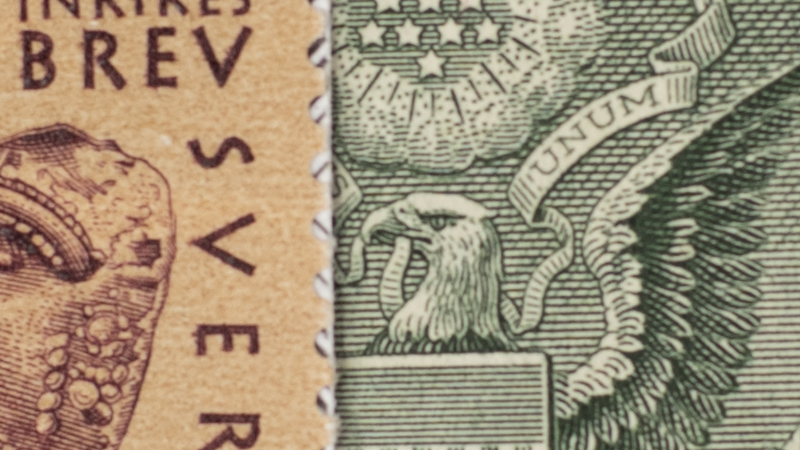
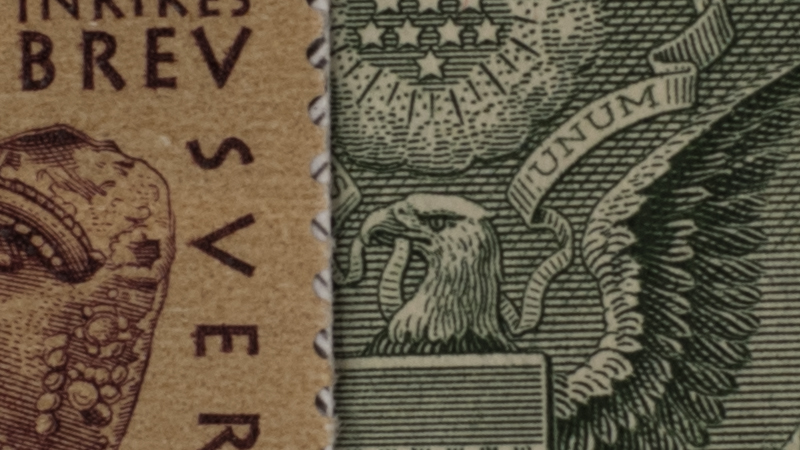
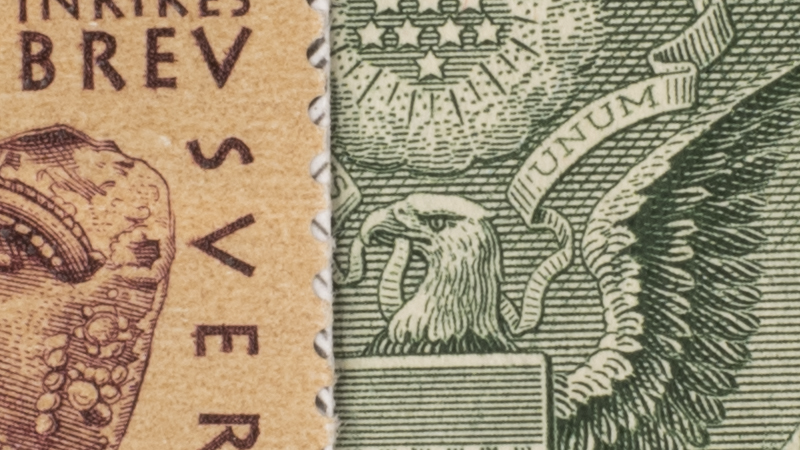
Even at close distances, the image exhibits a good amount of detail from f/1.2, but it is accompanied by even more noticeable glow and low contrast. To eliminate the haze and improve contrast, it’s necessary to stop down to f/4. This behaviour is consistent with the presence of spherical aberration.
Lens Distortion
The Nocty-Nonikkor 50/1.2 has excellent control of distortion.
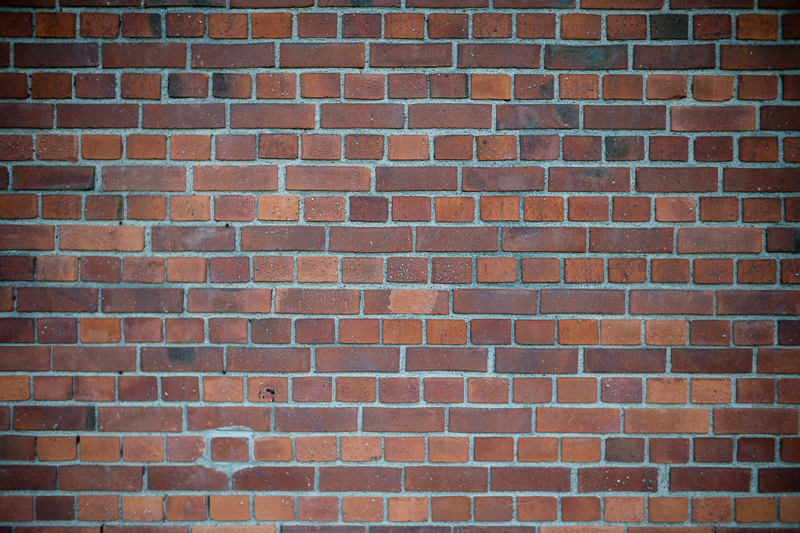
Vignetting
Vignetting is not bad compared to lenses with similar specifications It is noticeable at f/1.2 and f/1.4, improves steadily by stopping down. It reaches an acceptable level at f/2.8 and neligible at smaller apertures.
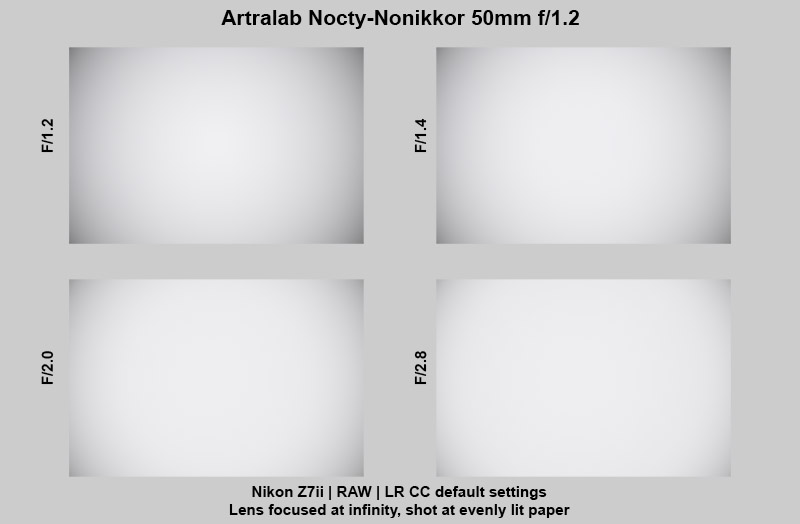
- F/1.2: 2.0 EV
- F/1.4: 1.9 EV
- F/2.0: 1.6 EV
- F/2.8: 1.3 EV
- F/4.0: 0.9 EV
- F/5.6: 0.7 EV
- F/8.0: 0.4 EV
Focus Shift & Aberrations
We can also here see clearly signs of spherical aberration. Very hazy, soft and contrastless images wide open, and the focus that shifts away from the focus point as the lens is stopped down. Note the image at f/8 and the same image when the lens is refocused.
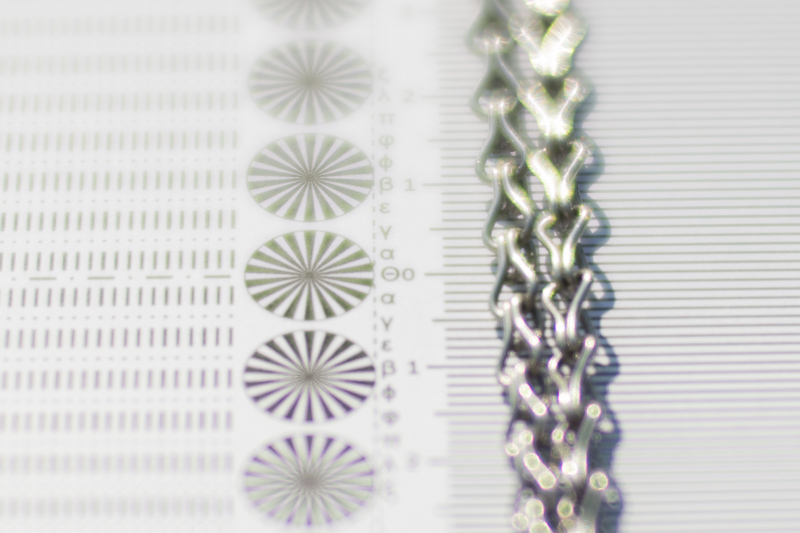
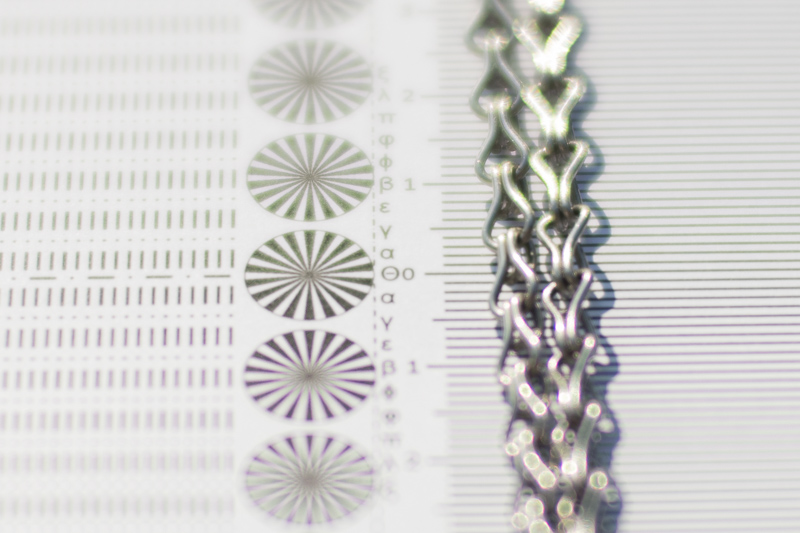
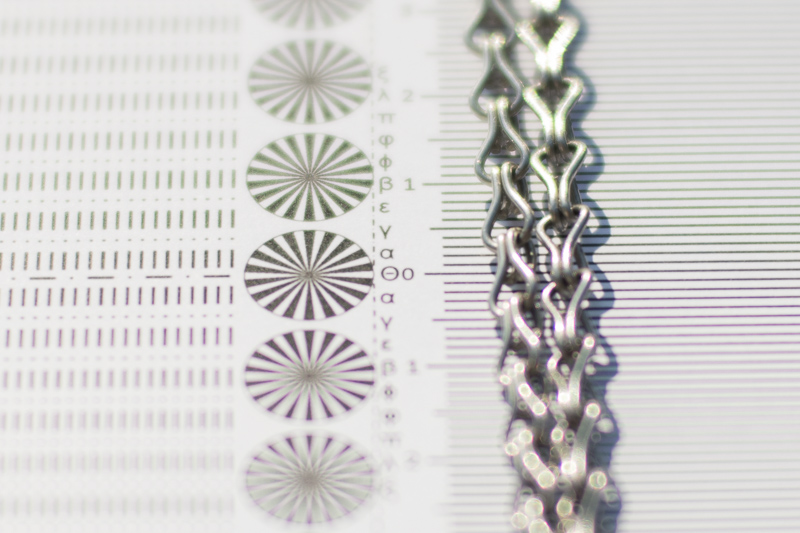


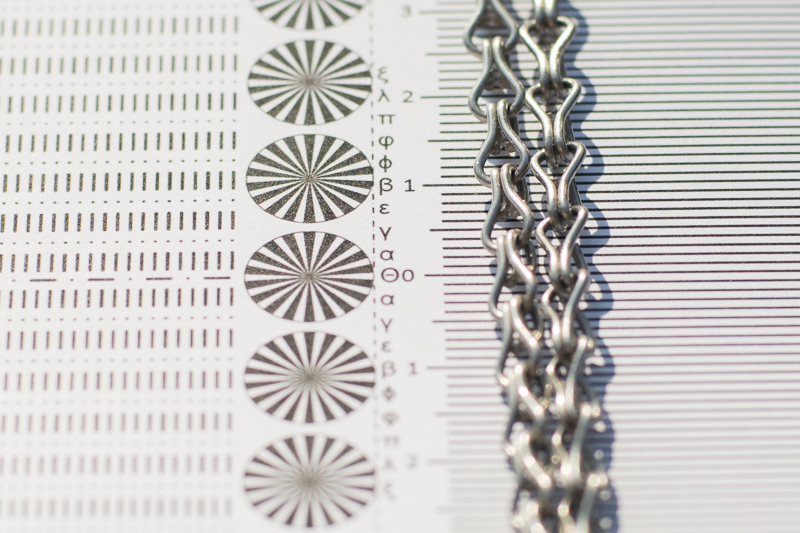

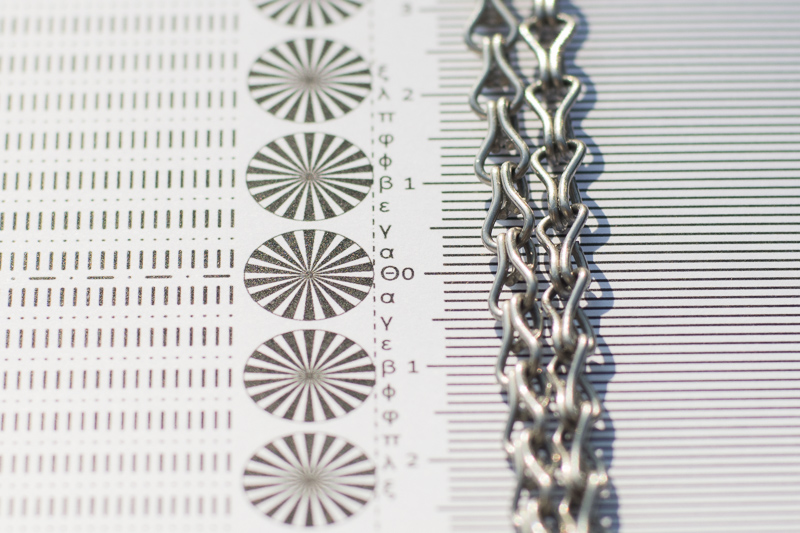
One more thing you can see in the image series is the obvious longitudinal aberration that does not disappear completely even at f/8, which actually is f/3.5 if it had accurately marked f-stops.
There is also some Lateral chromatic aberration as seen in the images below but it is not very bad.
Here there is a 100% crop of the image corner out of the camera and corrected.
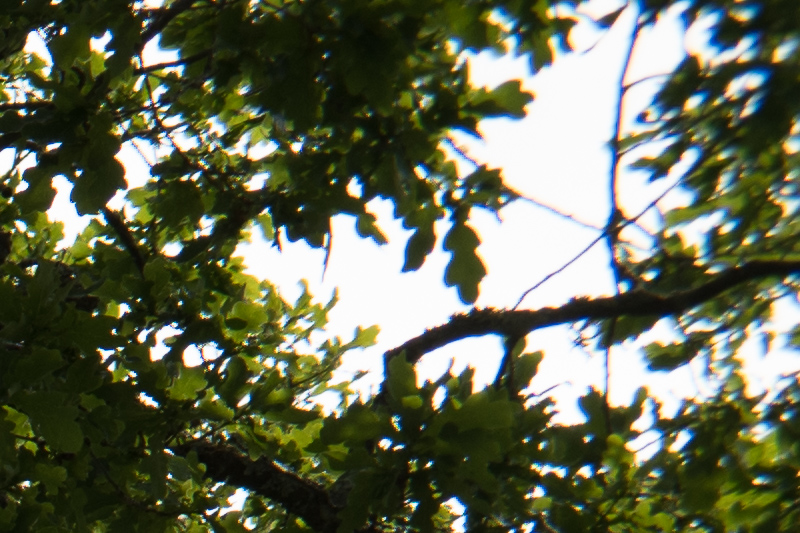
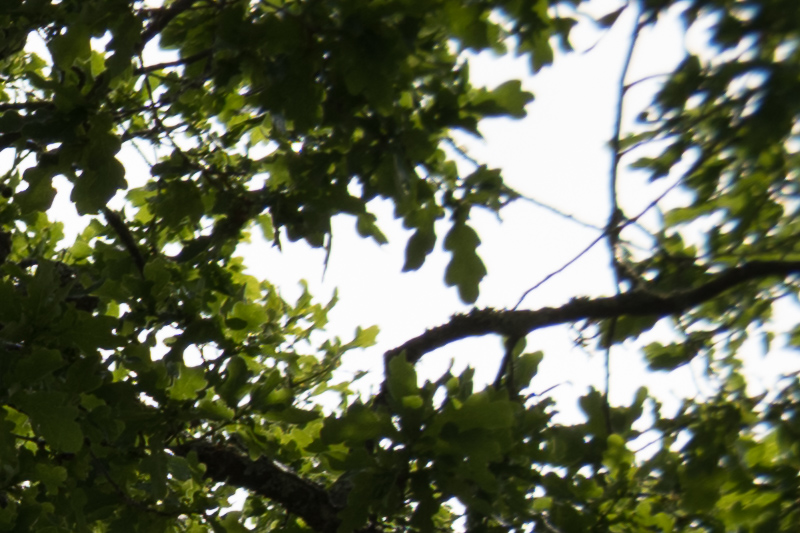
Flare Resistance
The Nocty-Nikkor 50mm f/1.2 is prone to flare when a strong light source is in or near the edges of the frame, as shown in the first series of images below. Using the lens hood is recommended whenever the sun is near or within the frame.
That said, a strong light source doesn’t always cause flare. As you can see in the second image series, it’s possible to include the sun in the frame without issues in certain situations, but you need to be very cautious.
Coma
The Nocty-Nonikkor 50/1.2 suffers from coma in the image edges and corners. It improves relatively slowly by stopping down but to get rid of it you need to stop down to at least f/11.
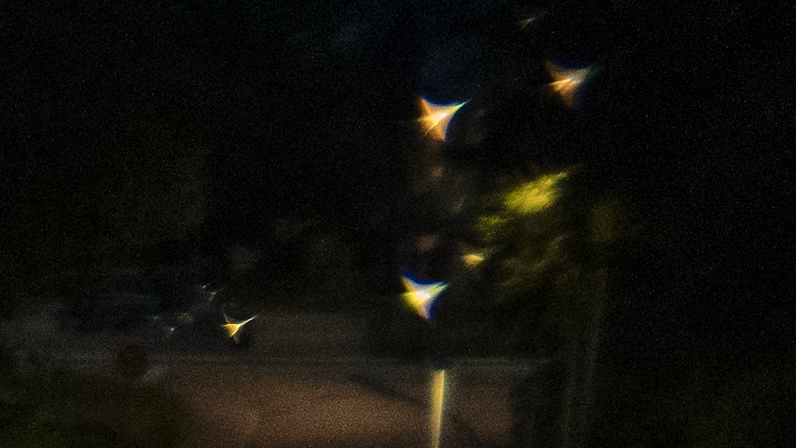
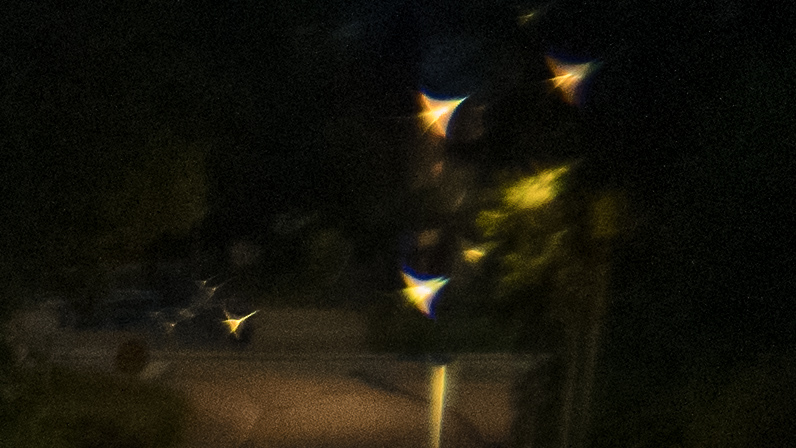
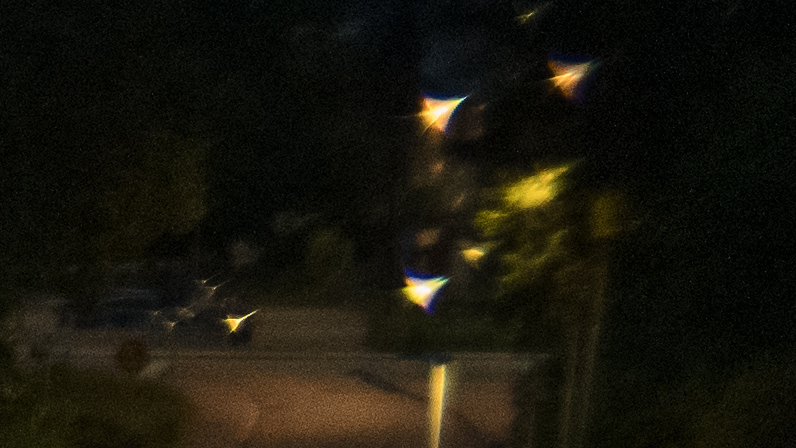
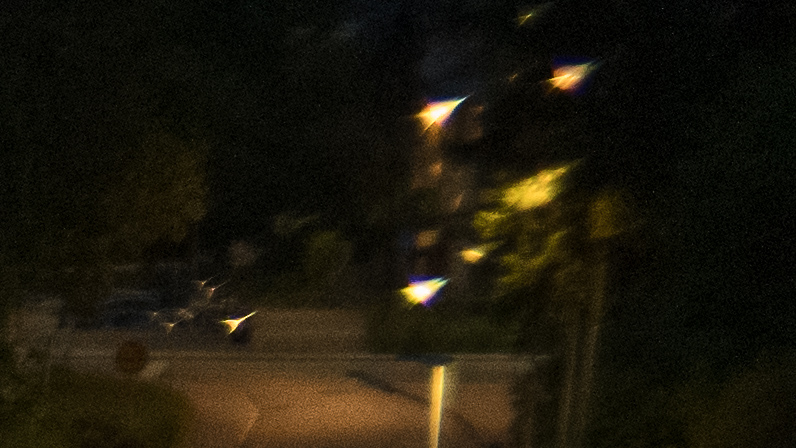
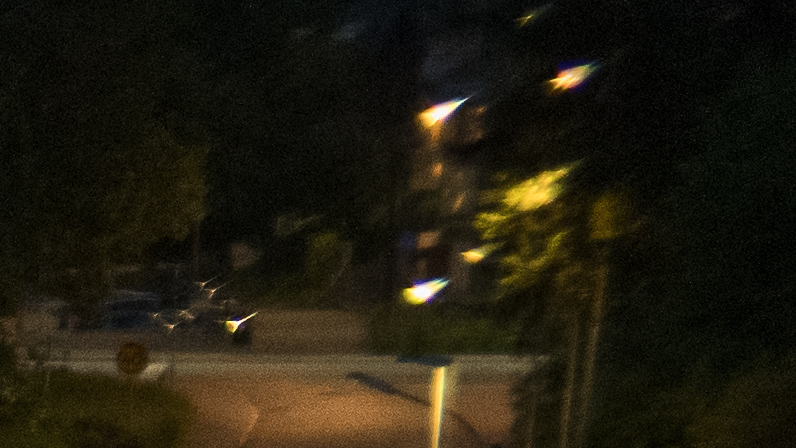

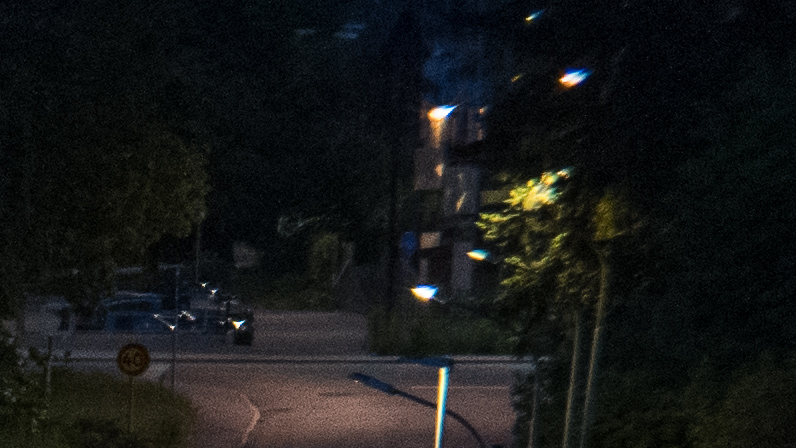
Sunstars
The Nocty-Nonikkor 50mm f/1.2 has an unusually high number of aperture blades — 11 in total—which is more than most lenses. Despite that, it still manages to produce some pretty nice sunstars, but only when stopped down to the two smallest apertures.
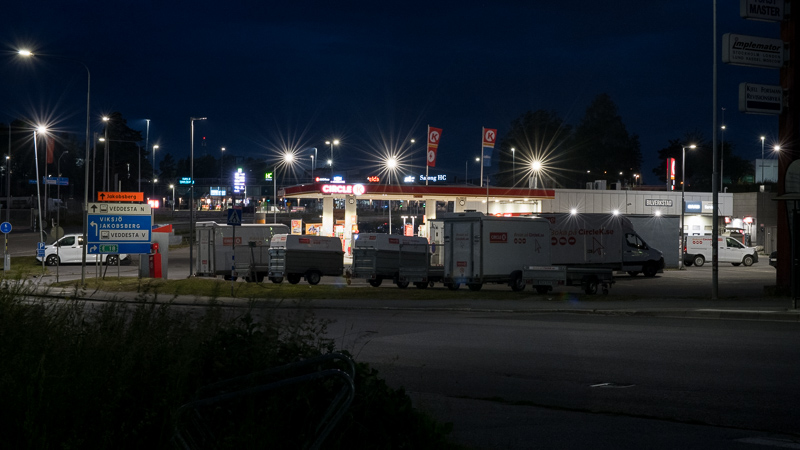
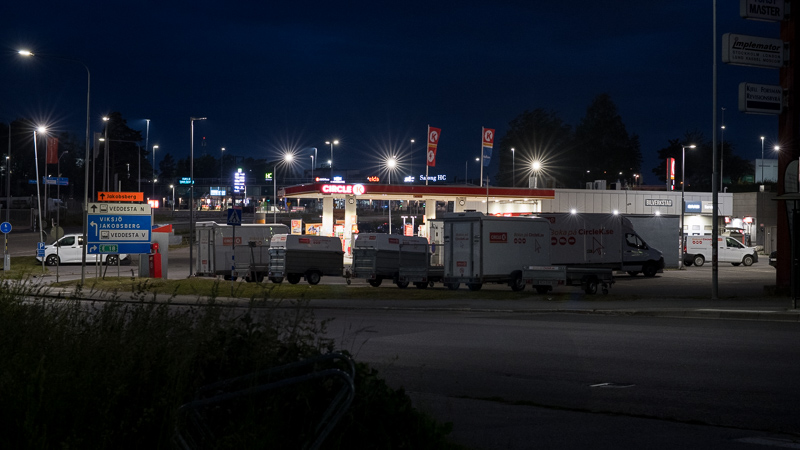
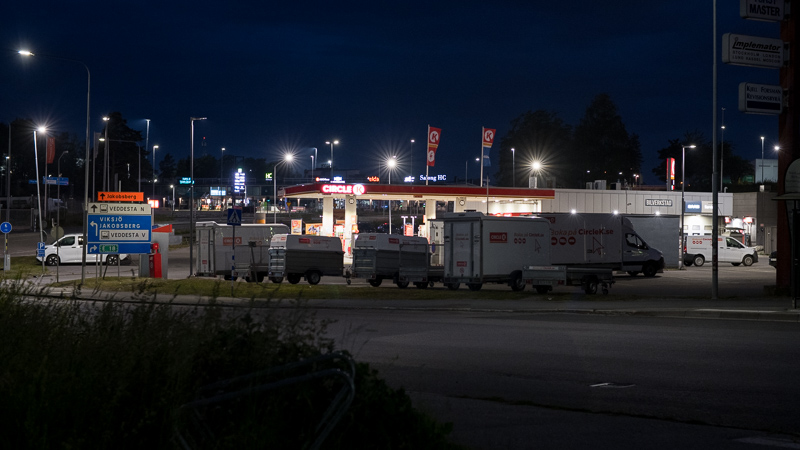
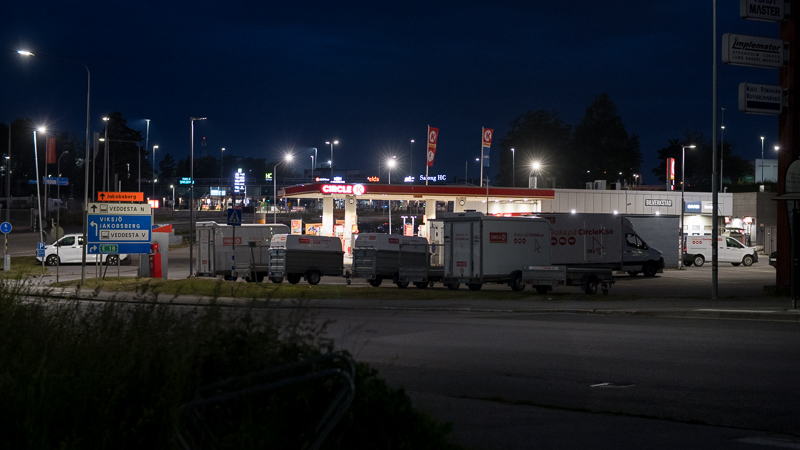
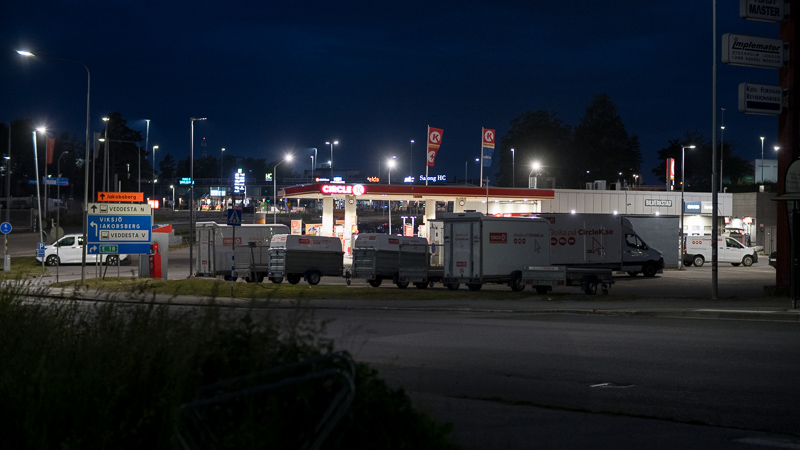
Focus Breathing
This lens suffers from quite strong focus breathing, while not important for still photography, something video makers should be aware of.
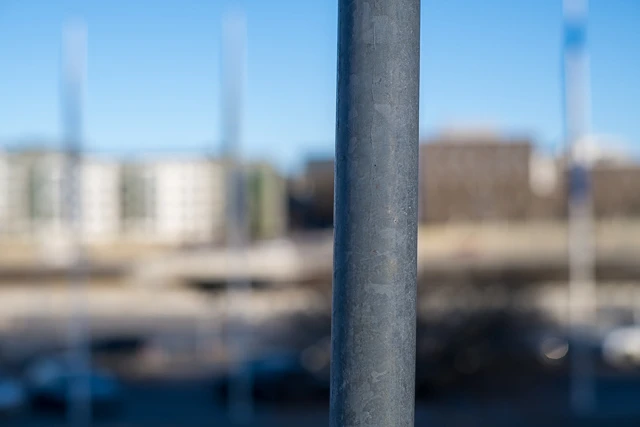
Bokeh
Let’s look at the bokeh itself first!
The bokeh highlights are round near the centre and appear smooth, without onion rings. Cat’s eye shapes are noticeable near the edges, mostly wide open at f/1.2, but improve when stopping down. Importantly, stopping down doesn’t affect the round shape of the bokeh balls much, thanks to the lens’s 11 aperture blades and its specific aperture behaviour. However, a slight colour outlining is visible, which can be a concern in some situations.
And now, let’s have a closer look at the background blur at different distances!
Short Distance
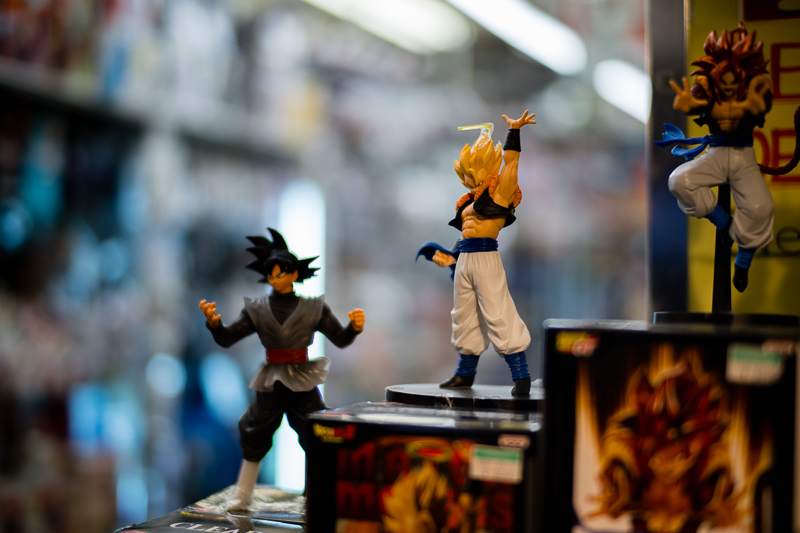
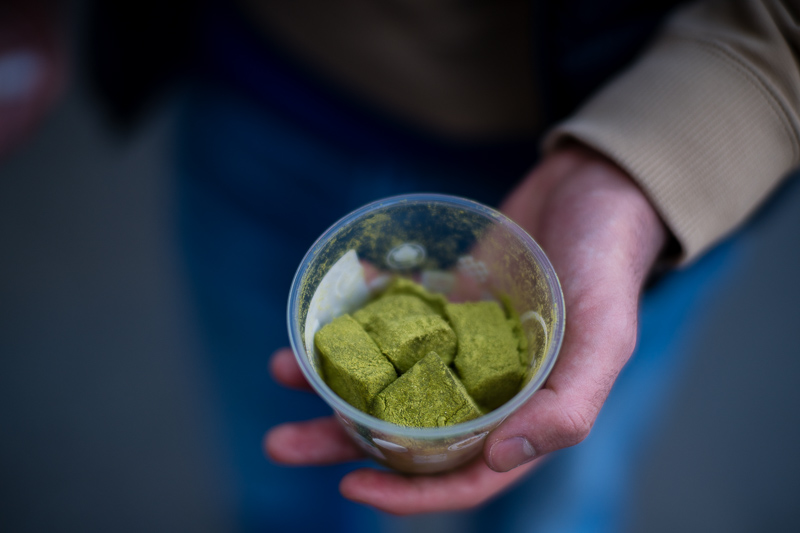
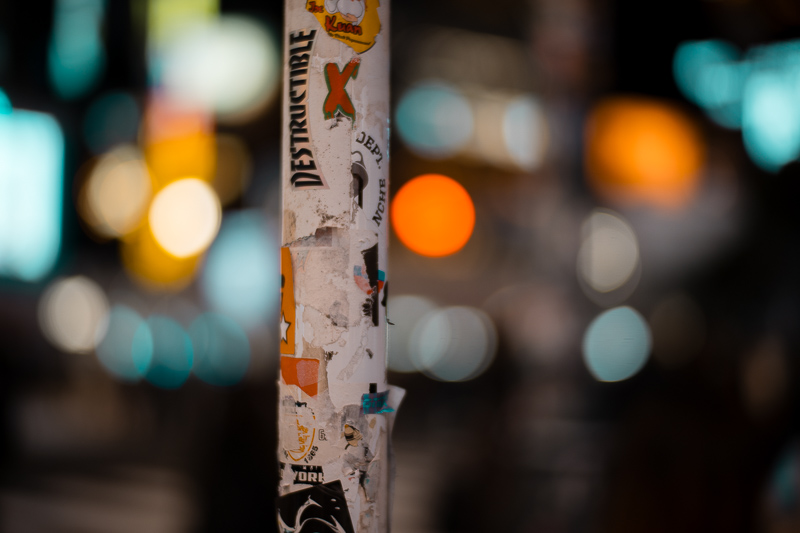
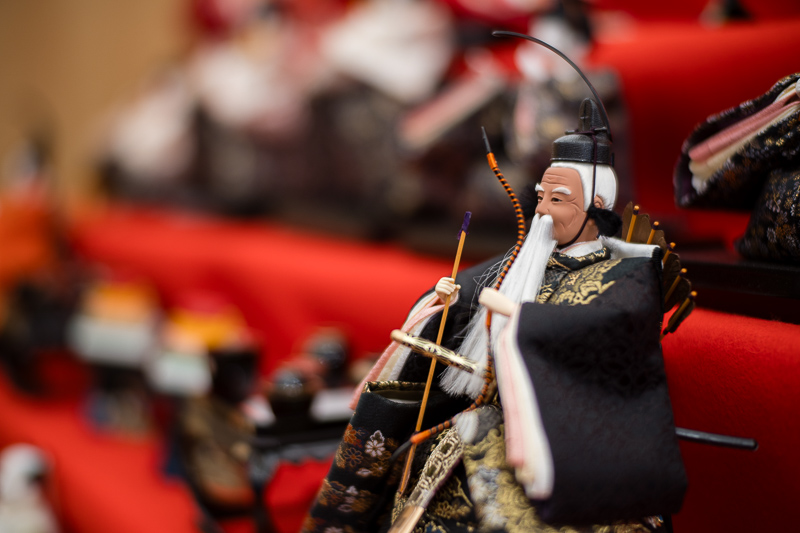
At close distances the background blur is soft and to my eye mostly pretty.
Mid-Distance
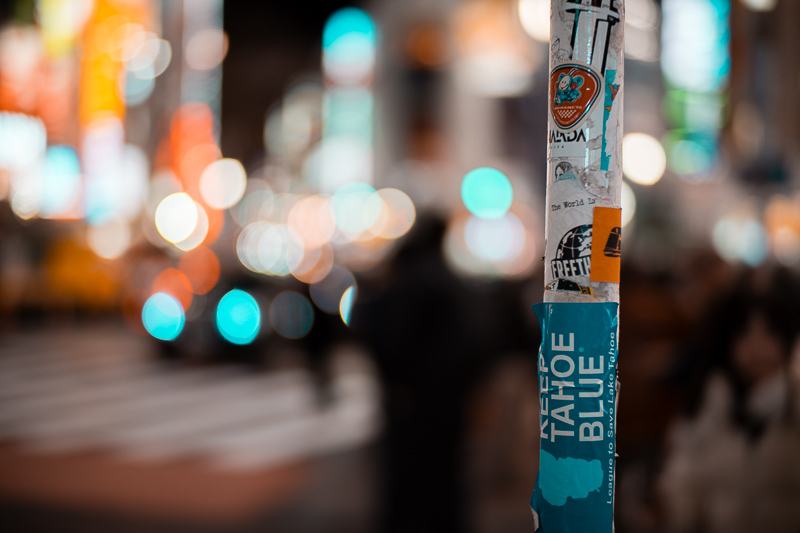
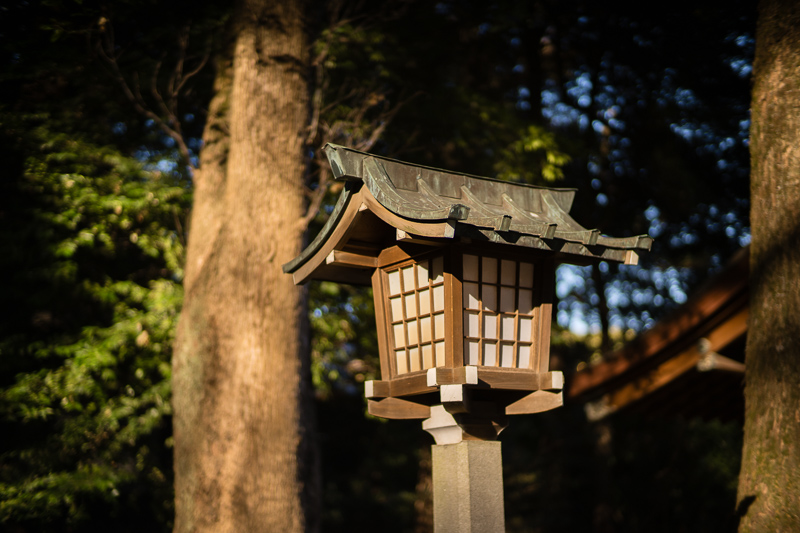
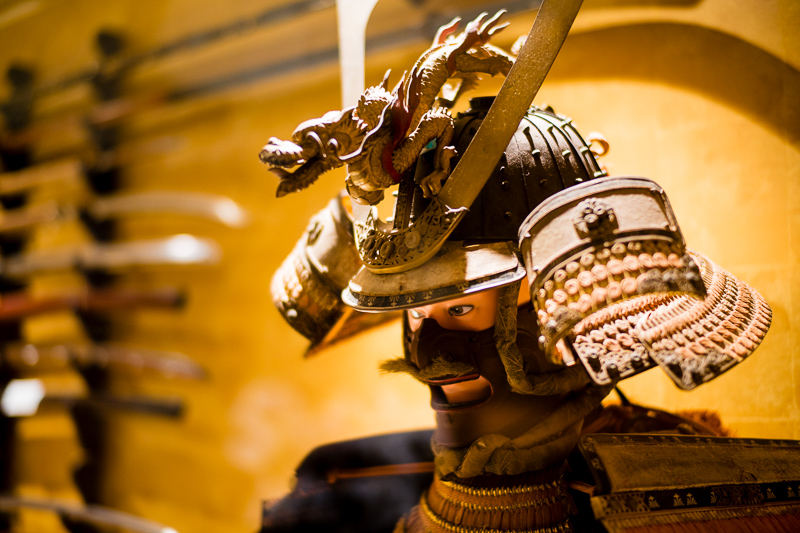
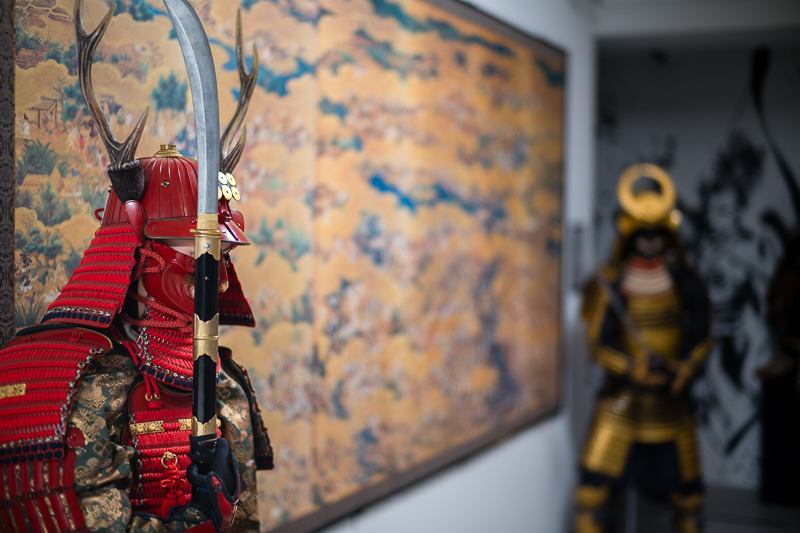
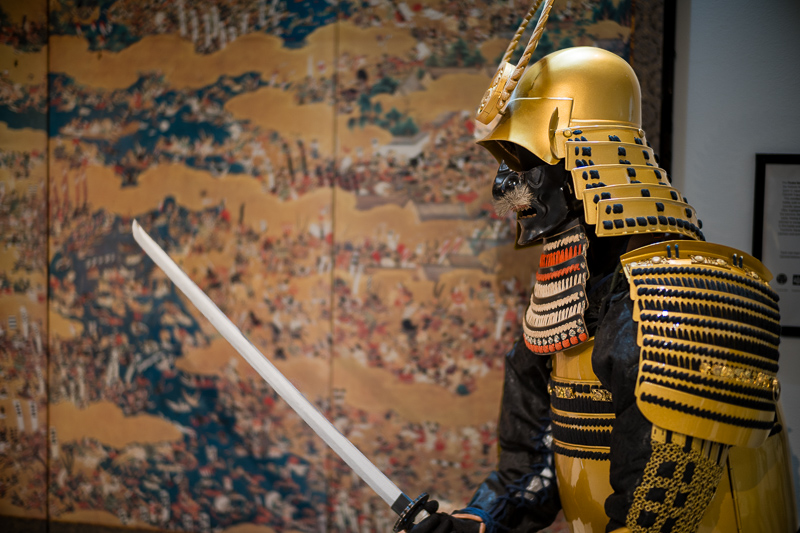
In the mid-distance we get lot of background blur, while not as soft as in the close distances, quite soft.
Long Distance
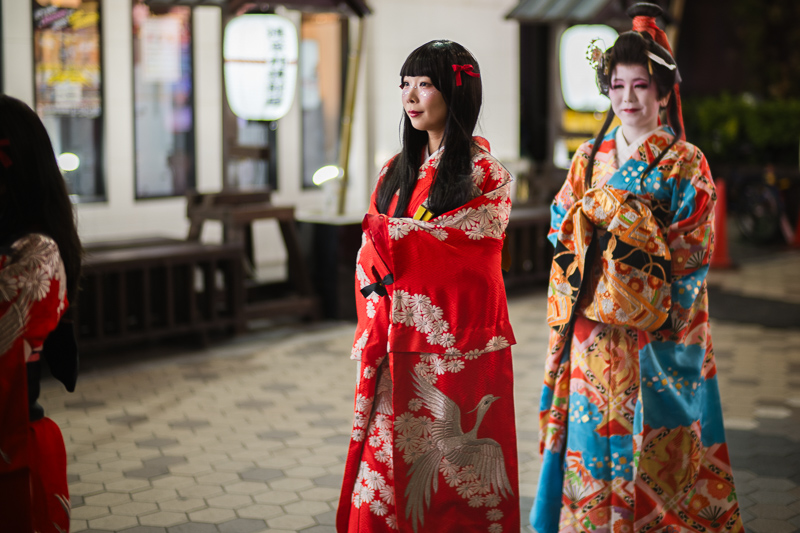
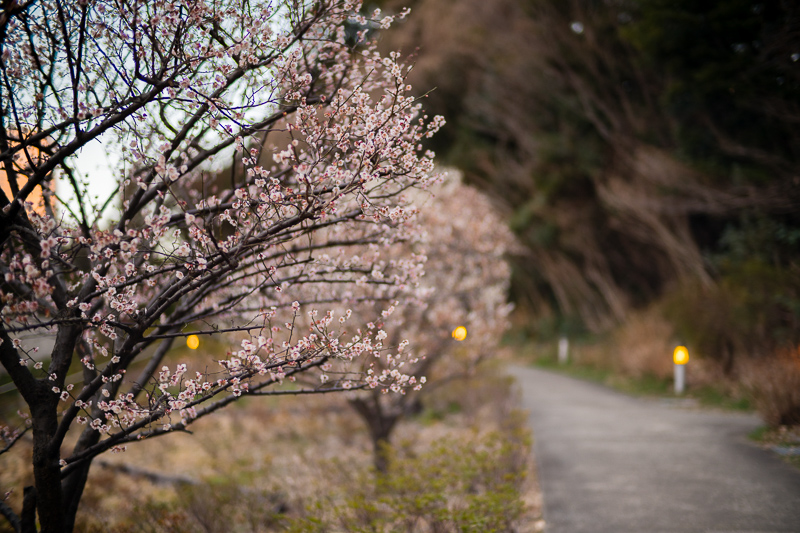
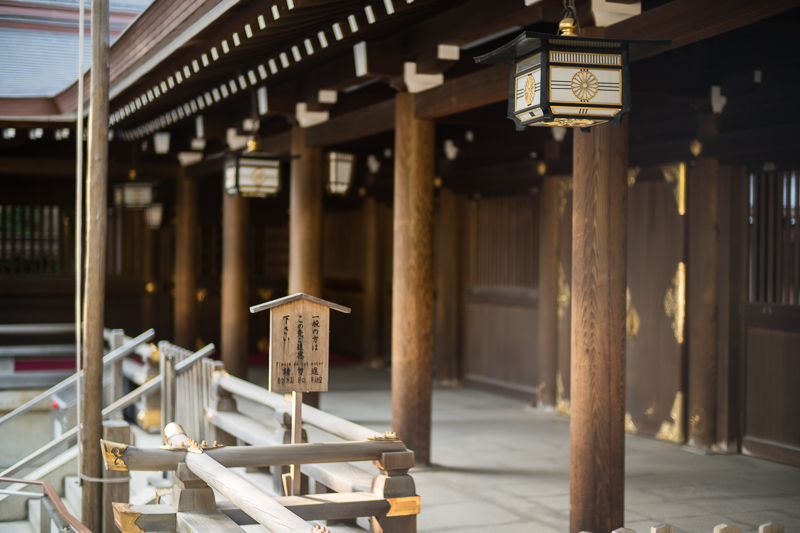
At long distance the background blur remains soft.
Bokeh is definitely subjective, but to my eye, that wide f/1.2 aperture helps create pretty bokeh and soft background blur in most situations. I’ve got quite a few images here for you to decide how you feel about it.
Conclusion
| I LIKE | AVERAGE | I DON’T LIKE |
| Look Centre sharpness Across the frame sharpness stopped down to f11 Distortion control Bokeh Build quality Sunstars |
Vignetting Focus shift CA |
Coma Aperture behaviour Focus Breathing Spherical aberrations |
The Artralab Nonikkor 50mm f/1.2 looks great—though as a longtime Nikon user, I might be a bit biased. It delivers very good centre sharpness right from wide open, and when stopped down, it becomes pretty sharp across most of the frame. Distortion control is excellent, it produces nice sunstars, and the bokeh is quite pleasing—all packed into a well-built, compact design.
Its vignetting and focus shift are on par with other lenses of similar specs, while coma, focus breathing, and spherical aberration remind me of those classic 50mm f/1.2 lenses from the ’60s and ’70s.
The Nocty-Nonikkor really nails that classic Nikon AI/AIS look that many photographers love. Handling feels similar to a modern manual lens, with smooth manual focusing and a clicked aperture ring—though the way light transmission changes per click is unusual, and unlike vintage Nikkors or any other old lenses I’ve seen.
If this lens had existed back in the film era, before off-the-film metering, that would’ve been a real problem. But in today’s digital world, the inaccuracies in aperture values don’t make a difference. Still, I can understand how it might annoy some seasoned photographers.
That said, while this quirk is certainly strange and annoying to some, it doesn’t affect the lens’s optical quality at all. In fact, it renders bokeh so softly that few other lenses can match it. The spherical aberration is something to be aware of, but it contributes to the dreamy mood of wide-open shots.
One last interesting note: we’ve noticed a lot of similarities between this lens and the Mr. Ding 50mm f/1.1 M-mount. In at least 95% of cases, images shot in similar conditions — as well as the overall optical character — are strikingly similar. And that lens in turn is more or less the same as Syoptic 50mm f/1.1, which has even more similarities in its appearing with this Artralab lens.
Writing articles like this one is both time-consuming and costs us a lot of money. If you found this article helpful and decided to buy one of these lenses, please consider using one of the affiliate links.
If you are not interested in buying any of the lenses, but you still found this article useful, interesting, or it saved you a lot of money, treat us to a coffee (donate)!
| Buy new: B&H, Amazon (anywhere) , Artralab store for $550 (Affiliate links) |
Alternatives
Here, just a couple of f/1.2 lenses for F-mount, which can be adapted to Nikon Z and most other mirrorless cameras.
Nikon Z 50mm f/1.2 S
Nikon’s own f/1.2 lens for Z mount cameras, autofocus, clinical sharpness (best of all in this list), and minimal optical flaws. It is a huge lens, though, that gives a modern rendering with across-the-frame sharpness from f/1.2. It is about four times as expensive too.
Buy new: Amazon (Anywhere), B&H, for $1947 (Affiliate links)
Buy used: ebay.com, ebay.de, ebay.co.uk from $1500 (Affiliate links)
Voigtländer 50mm f/1.0 Nokton Aspherical
This is a modern lens, also in Z mount, but manual focus. This is the fastest standard lens for Z mount cameras, except for the Nikkor Z 58mm f/0.95 Noct. A very sharp lens
Buy new: amazon (anywhere), B&H for $1700 (Affiliate links)
Buy used: ebay.com, ebay.de, ebay.co.uk from $1230 (Affiliate links)
Nikon 58mm 1.2 Ai Noct-Nikkor
The most famous of the three classic Nikkor f/1.2 lenses and somewhat mythical, hence an unjustified premium price. Optically, it is not better than the reviewed lens, with less sharpness and flaws on par or worse than the reviewed lens. This is a lens for collectors.
Buy from ebay.com | ebay.de | eBay.co.uk (affiliate links) starting at $3000
Nikon 50mm 1.2 Ai(-s):
The latest of the classic Nikkor f/1.2 lenses. It had better contrast and the best sharpness at 1.2 and 1.2 among all the classic Nikkor 1.2 lenses. The number of apertures is less than half of the Nonikkor, so the smallest stopping down leads to ugly bokey balls. It is quite expensive if the condition is good in the used market. If the aperture behaviour of the Nonikkor does not bother you, I’d recommend the Nonikkor on Z cameras.
Buy from ebay.com | ebay.de | eBay.co.uk (affiliate links) starting at $270
Nikon 55mm 1.2 Ai:
A little better contrast but softer at f/1.2 and f/1.4 at infinity. It gets sharper much quicker, mostly because it stops down by one EV per aperture click. Very old lens and while quite good for such an old lens, it is pricy for being that old. Fine on film cameras but on Nikon Z, I’d recommend the Nonikkor.
buy from ebay.com | ebay.de | eBay.co.uk (affiliate links) starting at $240
Voigtländer 55mm 1.2 Nokton SLIIs
This is also a relatively new/modern lens with a somewhat vintage rendering, but not as much as the reviewed lens. It is also in Nikon F mount so using on Nikon Z requires an adapter. Bokeh is not as soft as the Nonikkor. The stopped-down bokeh is a little better than classic Nikkors thanks to the 9-blade aperture, but it is not as soft as the Nonikkor. The flare resistance on this lens is better than the Nikkor classic 1.2 lenses discussed here and the reviewed lens, and it is much sharper, too. It is more expensive than the reviewed lens, though. If the bokeh and vintage rendering is your primary priority, go with the Nonikkor, which is native Z mount too, otherwise or if on Nikon F mount, go with this one!
buy new: Amazon.com | B&H for $645 (affiliate links)
Buy used: ebay.com, ebay.de, ebay.co.uk from $580 (Affiliate links)
More Sample Images
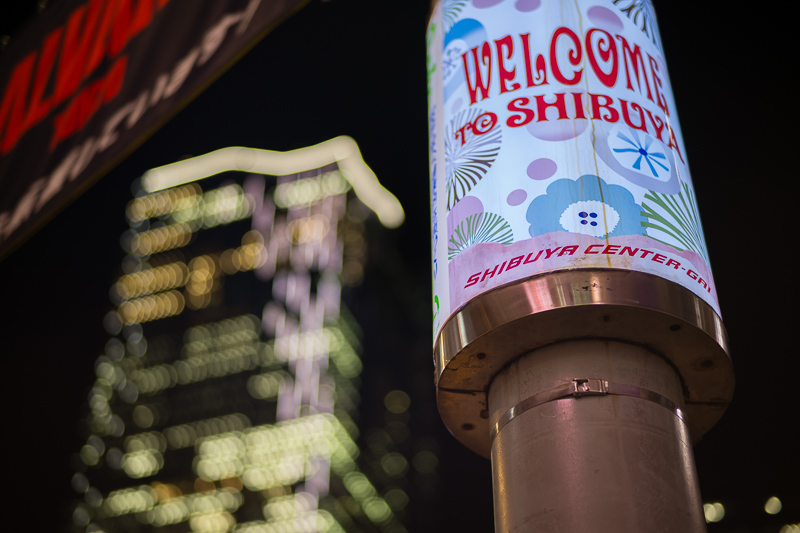
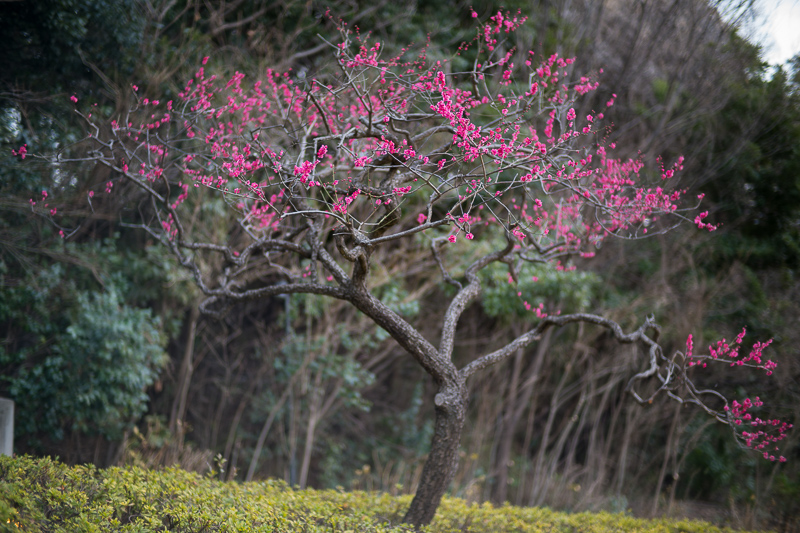
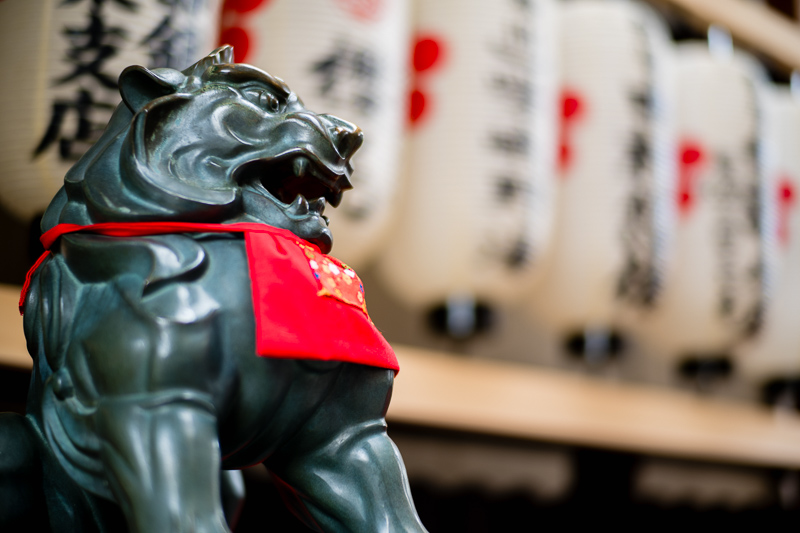
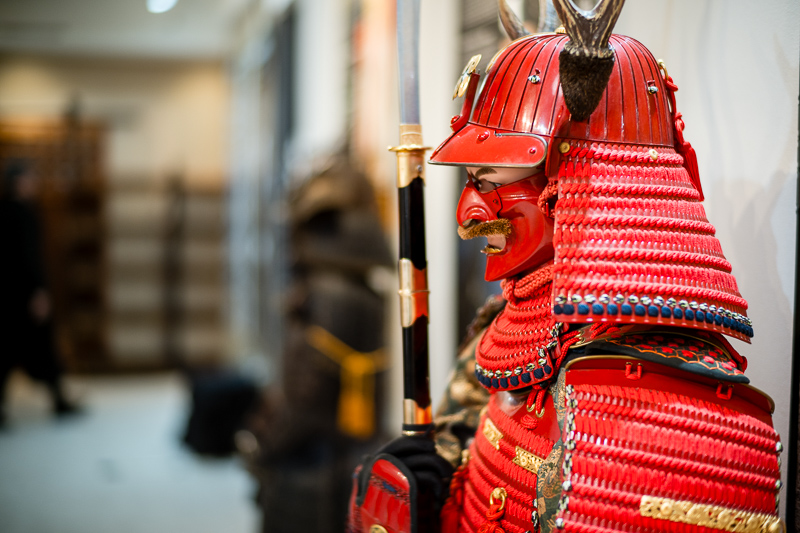
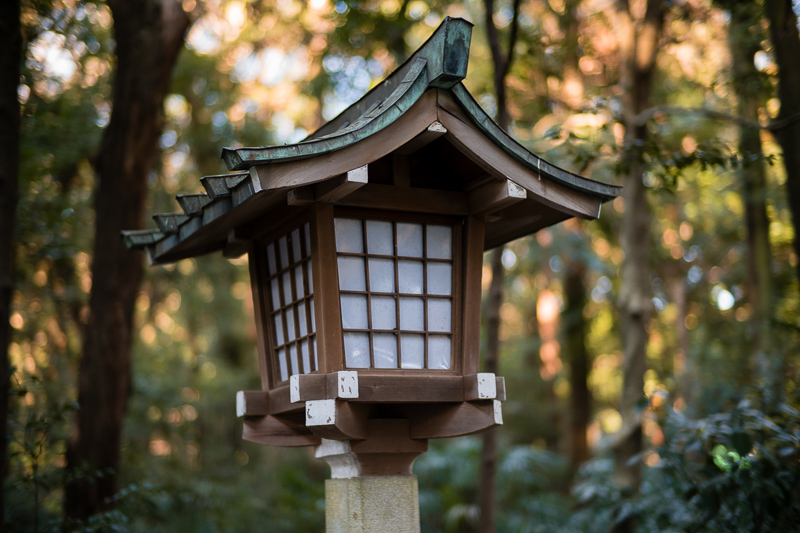
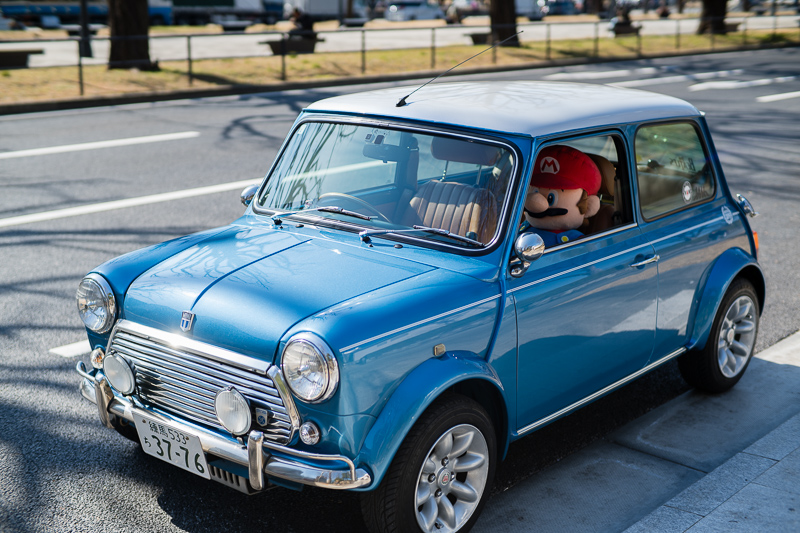
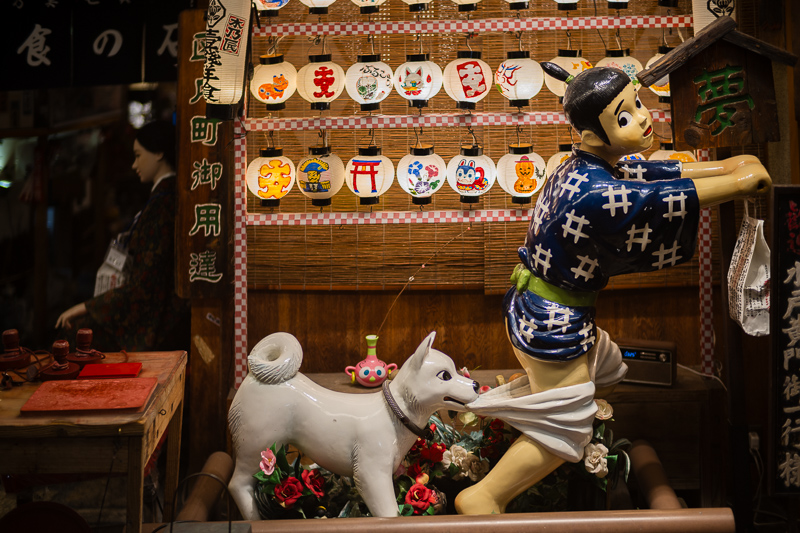
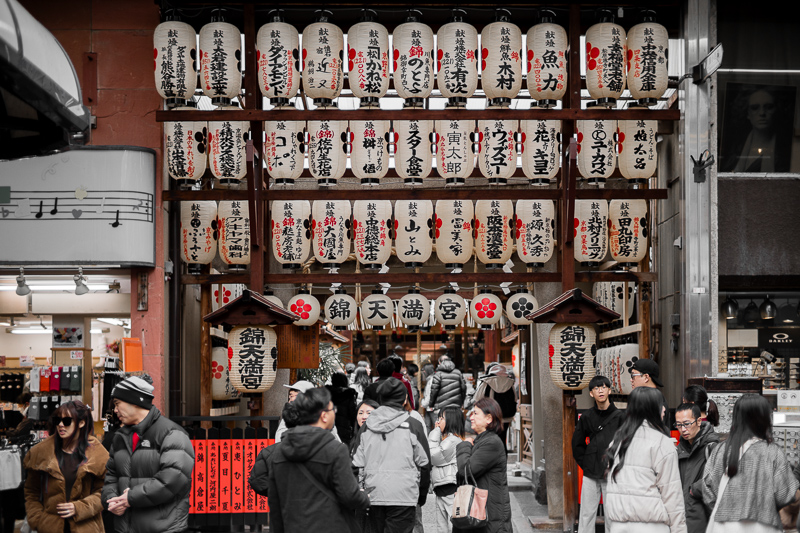
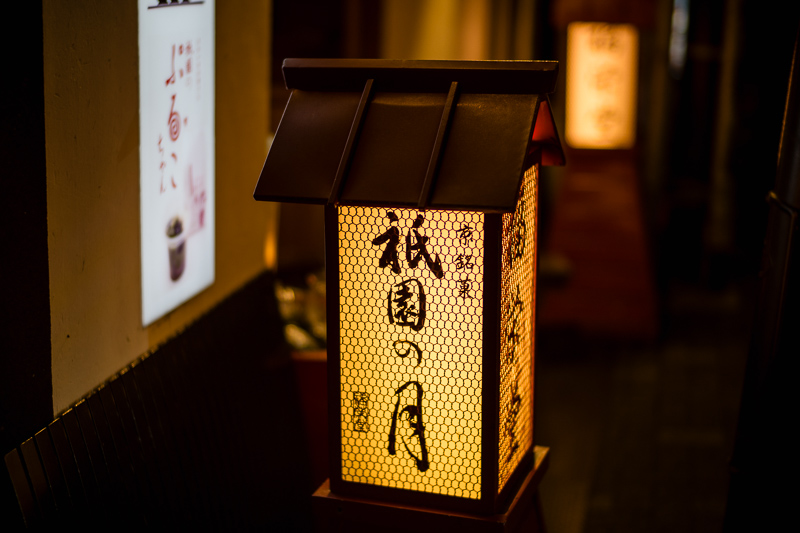
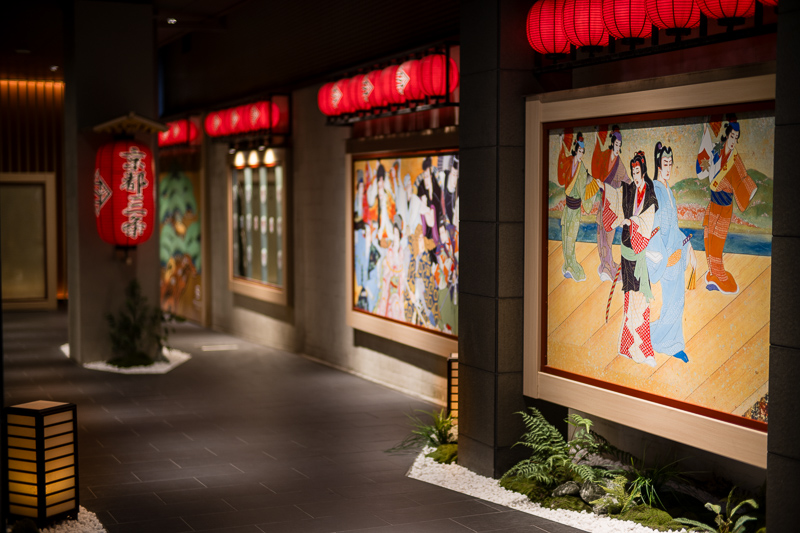
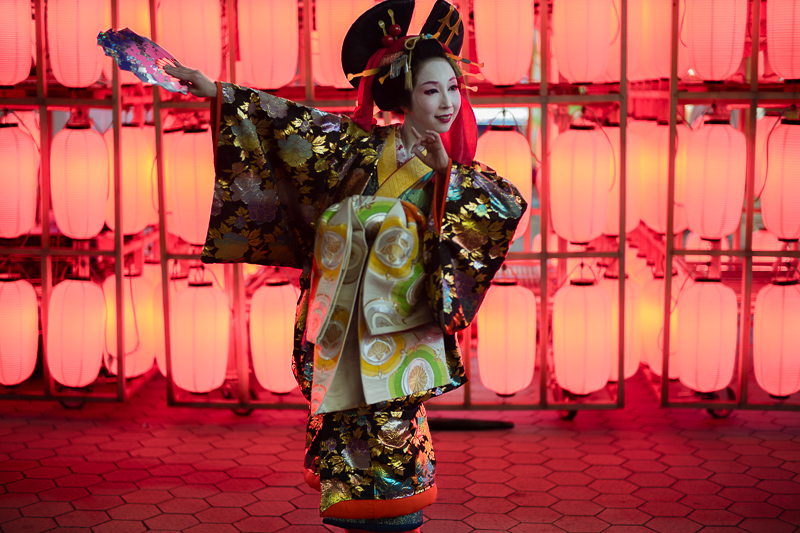
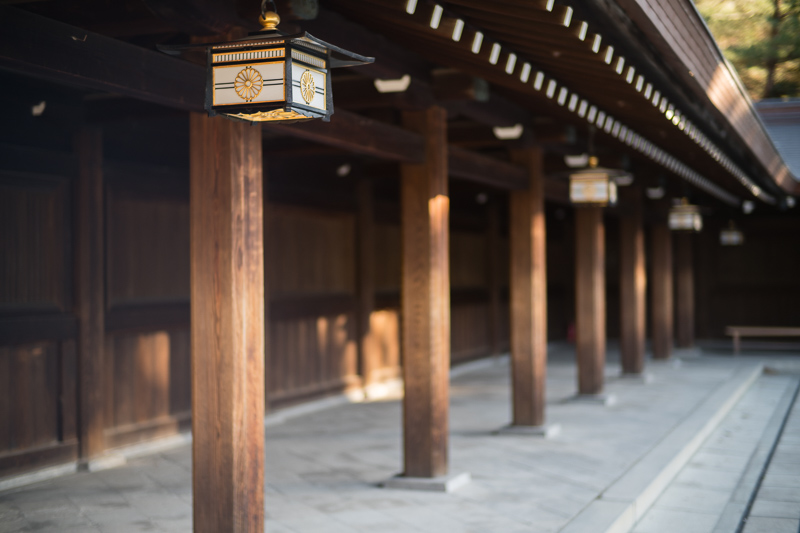
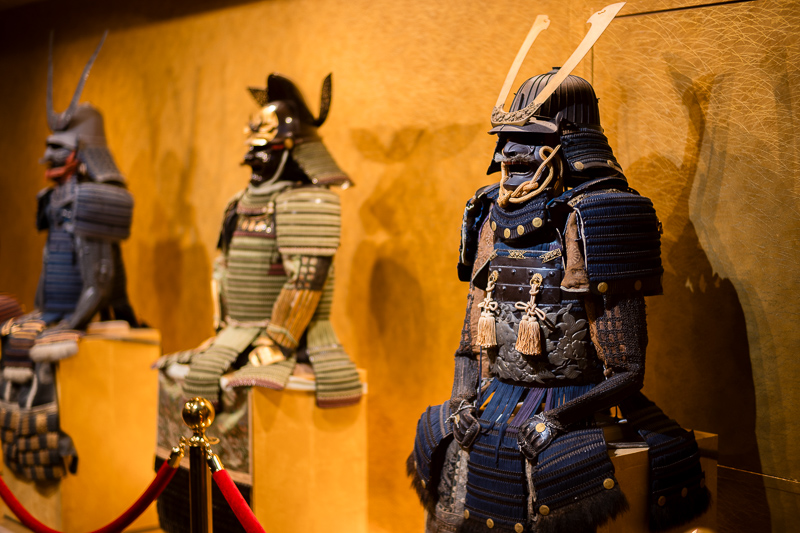

Most of the sample images in this review and many more can be found in higher resolution here.
Further Reading
- What camera gear and accessories do I use most frequently?
- REVIEW: Nikon Nikkor Z 50mm f/1.2 S
- Review: Nikon 58mm 1.2 Ai Noct-Nikkor
- Review: Nikon Nikkor 55mm 1.2 Ai – The first f/1.2 F-mount lens
Support Us
Did you find this article useful or did you just like reading it? It took us a lot of time and money to prepare it for you. Use the Donate button to show your appreciation!
![]()

(Donations via Paypal or bank card)
What’s in my camera bag? MY 2024 KIT!!
- Main camera : https://amzn.to/3TsGtKg
- Camera grip : https://amzn.to/4e0G3CR
- Memory Card 1: https://amzn.to/47pA20i
- Memory Card 2 : https://amzn.to/3XHYxlZ
- Camera 2 : https://amzn.to/3Xifou8
- Camera grip: https://amzn.to/4dYYpV9
- Memory card 1: https://amzn.to/4e5h2H0
- Memory card 2: https://amzn.to/3zu7W7n
- Small travel tripod: https://amzn.to/4goIX68
- Mini tripod: https://amzn.to/4e09XXX
- Small shoulder bag: https://amzn.to/47tPMiY
- Medium shoulder bag: https://amzn.to/4ej4bjY
This site contains affiliate links, for which I may receive a small commission if you purchase via the links at no additional cost to you. This helps support the creation of future content.
Martin
Latest posts by Martin (see all)
- Analogue Photography: Part 4 – Ilford HP5 Plus at a Historical Engine Factory - December 3, 2025
- REVIEW: 7Artisans AF 10mm f/2.8 (APS-C) - November 30, 2025
- REVIEW: 7Artisans AF 35mm f/1.8 - October 15, 2025
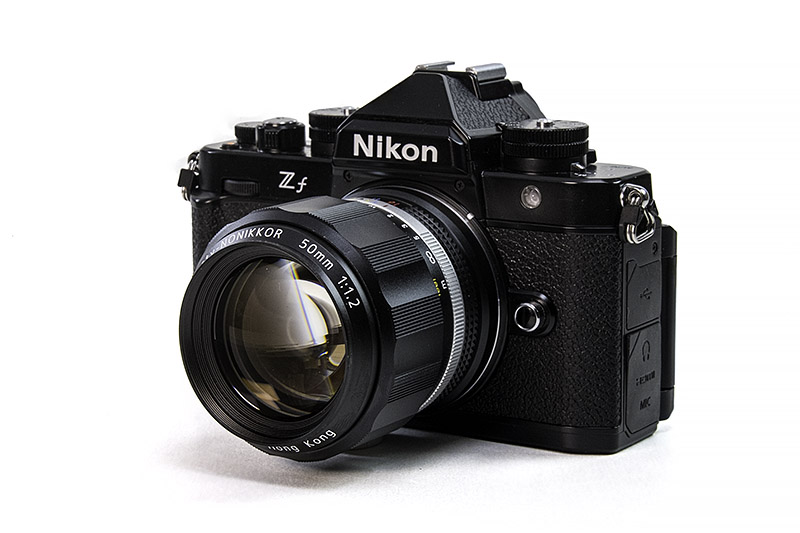
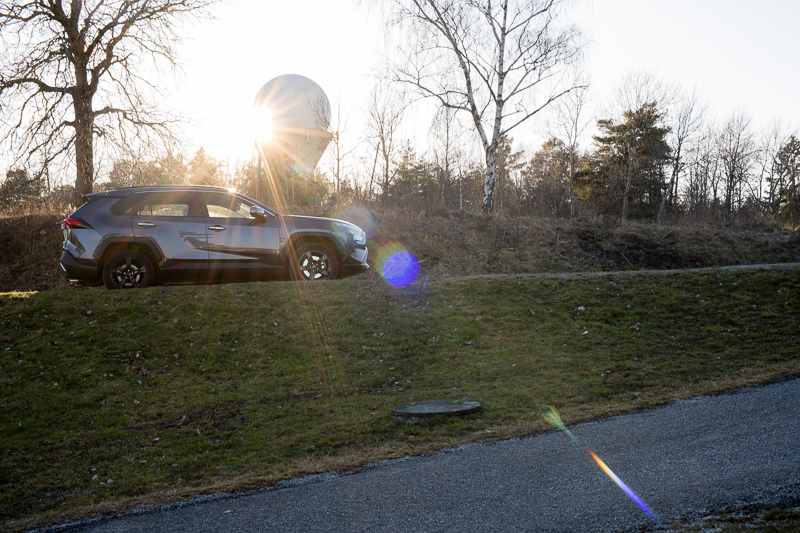
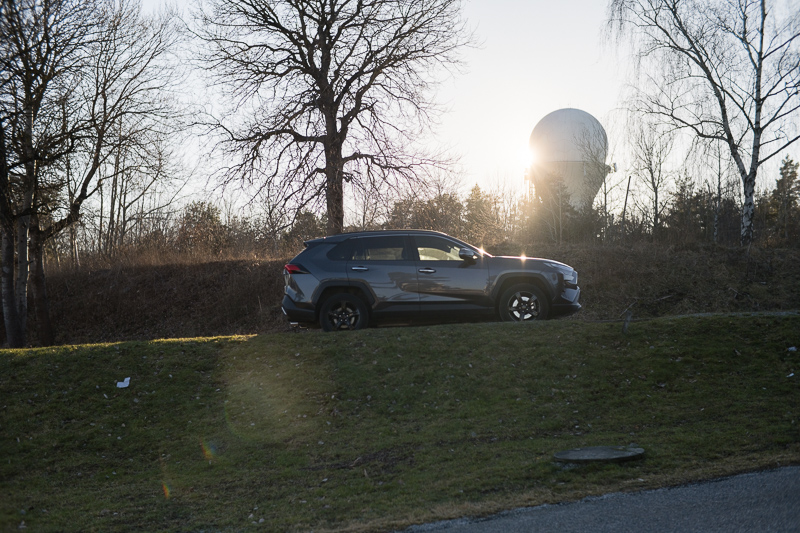
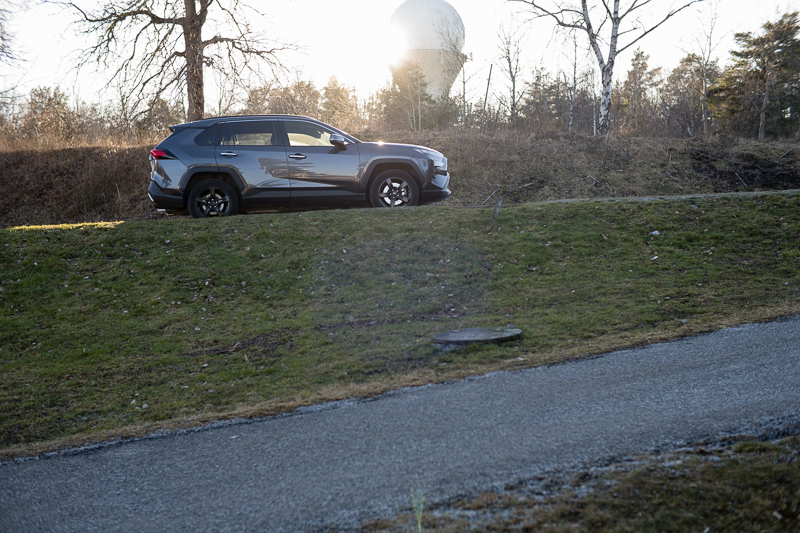
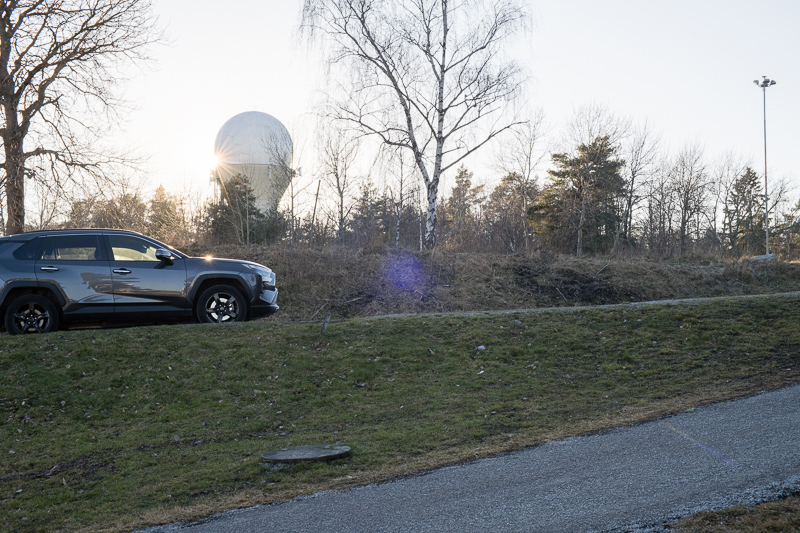
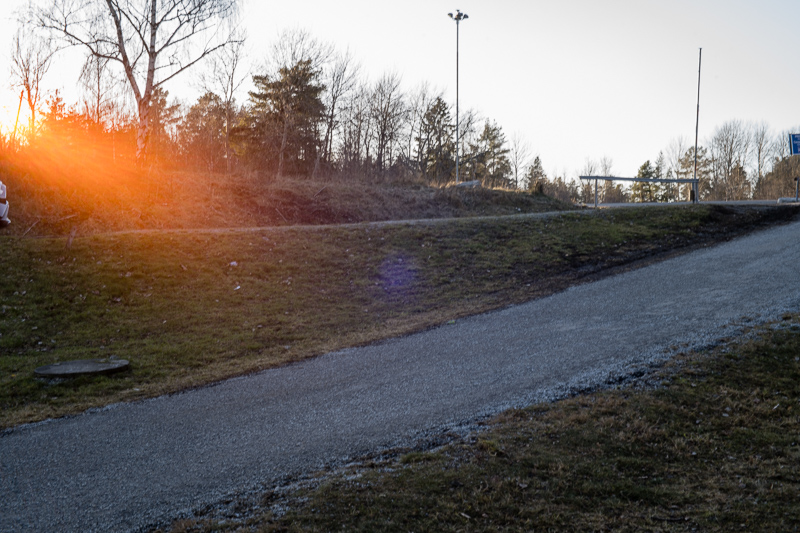
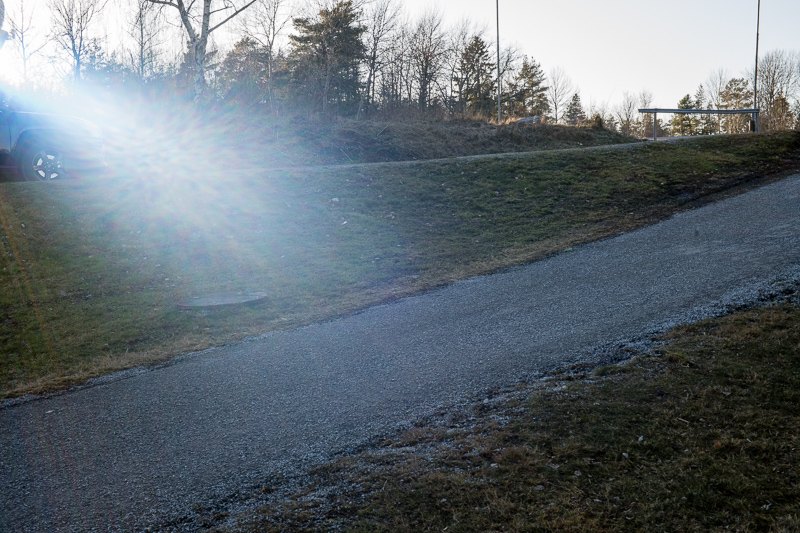
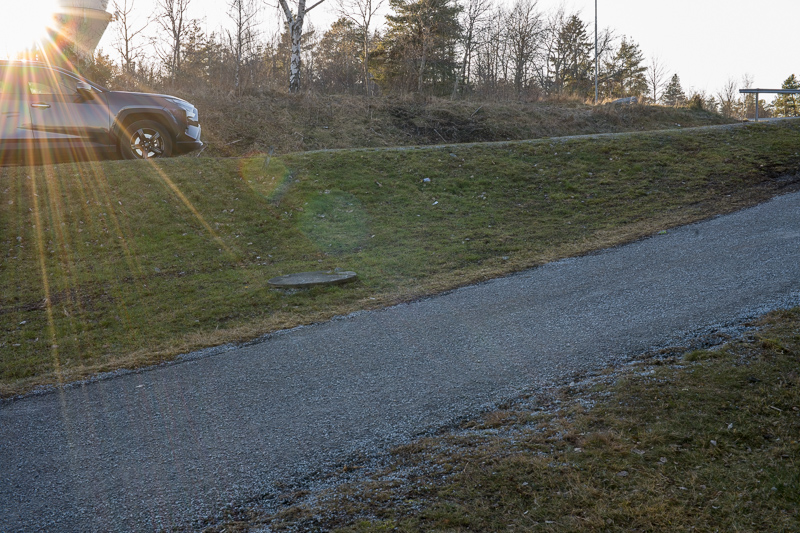
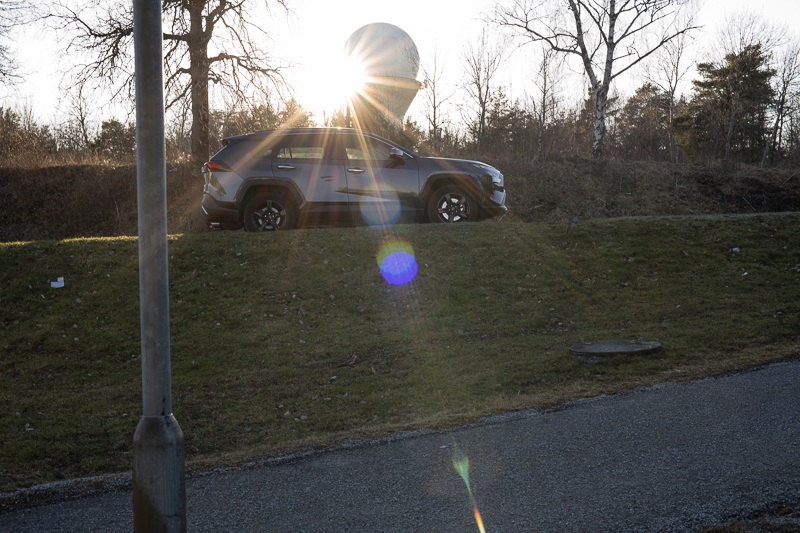
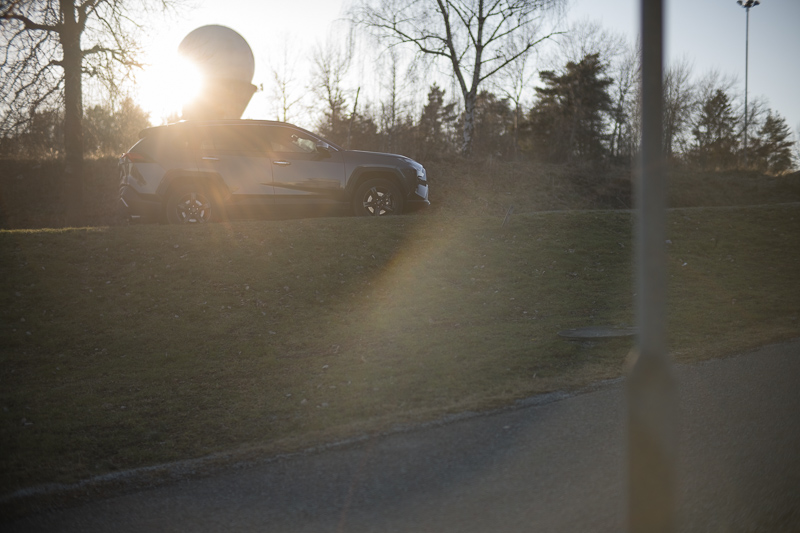
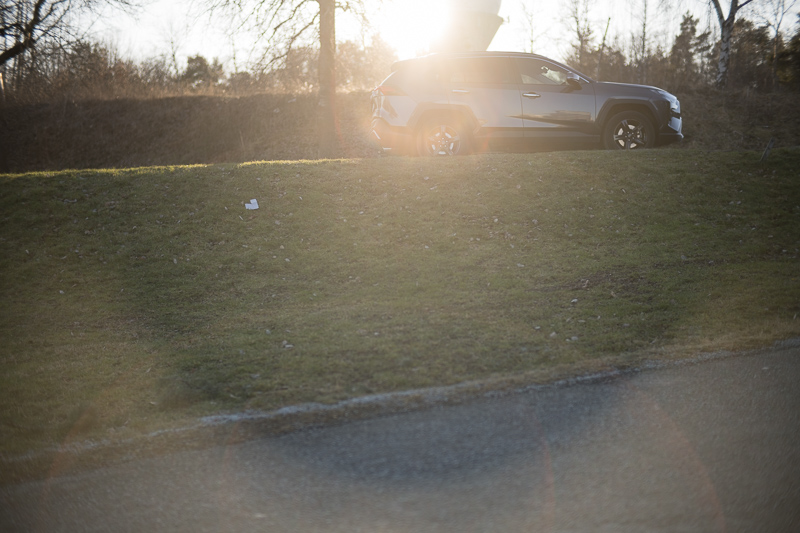

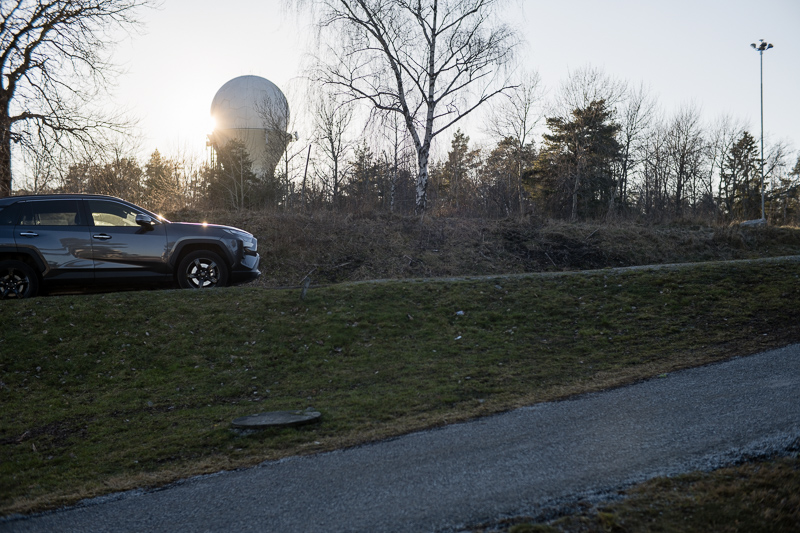
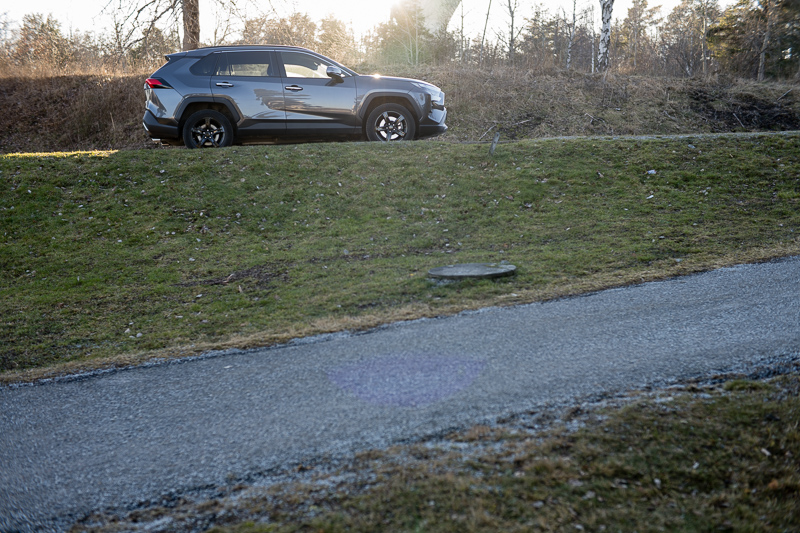
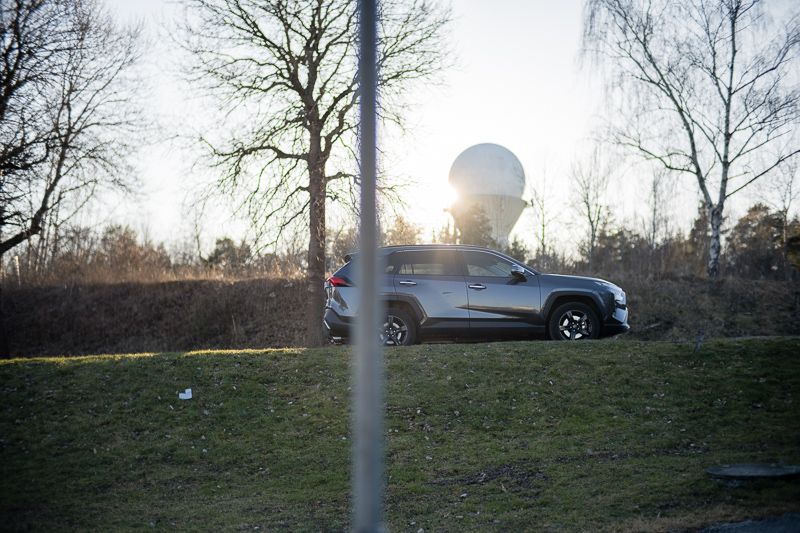
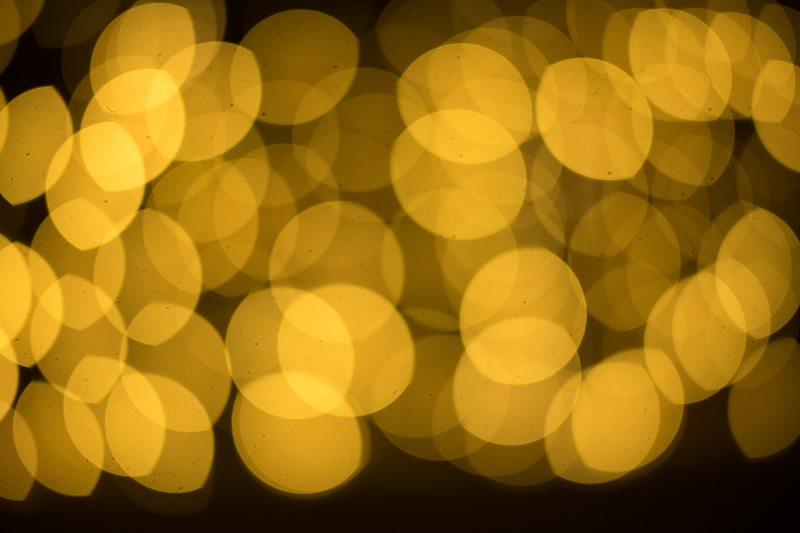
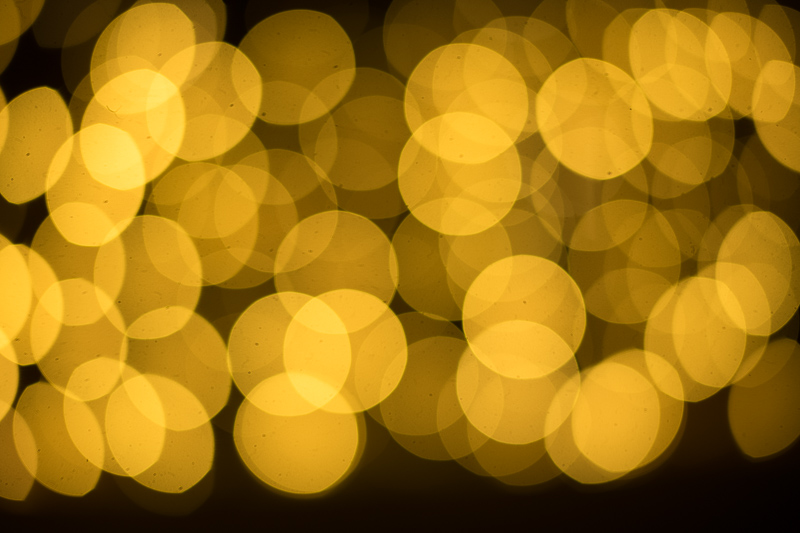
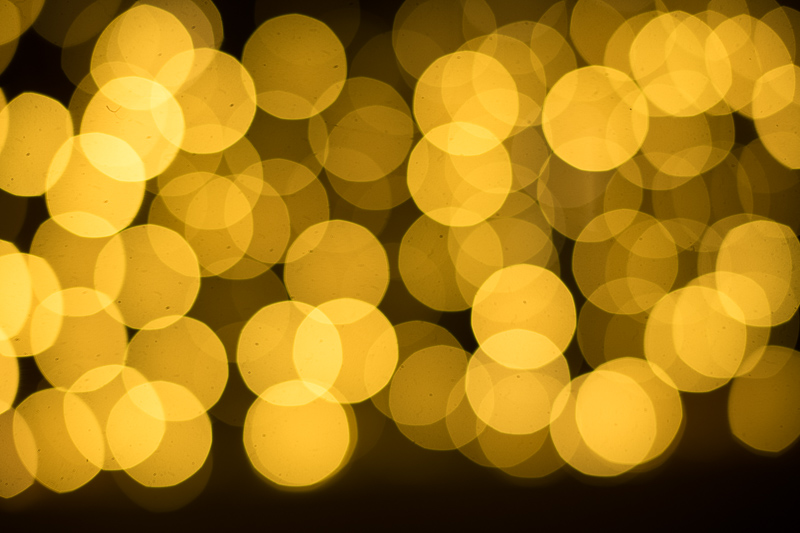
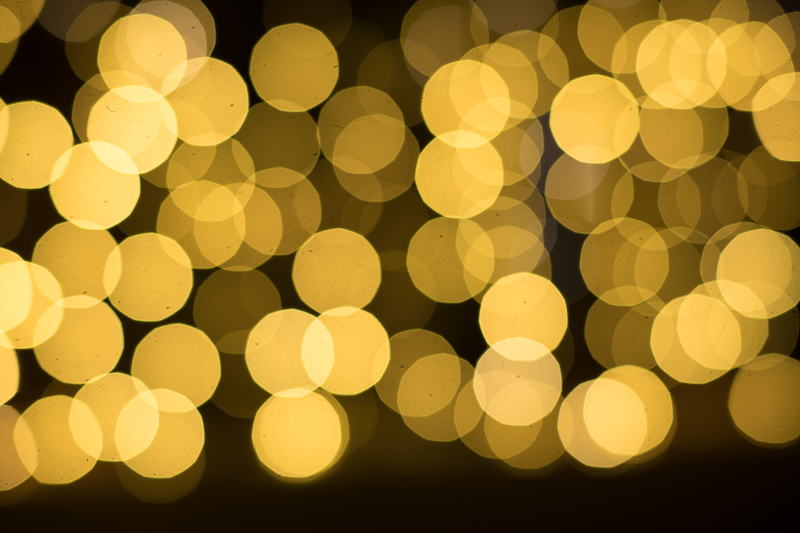
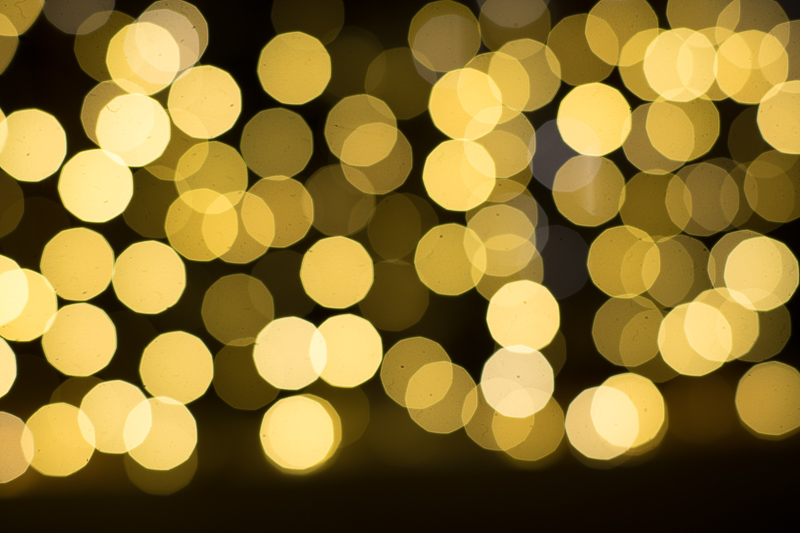
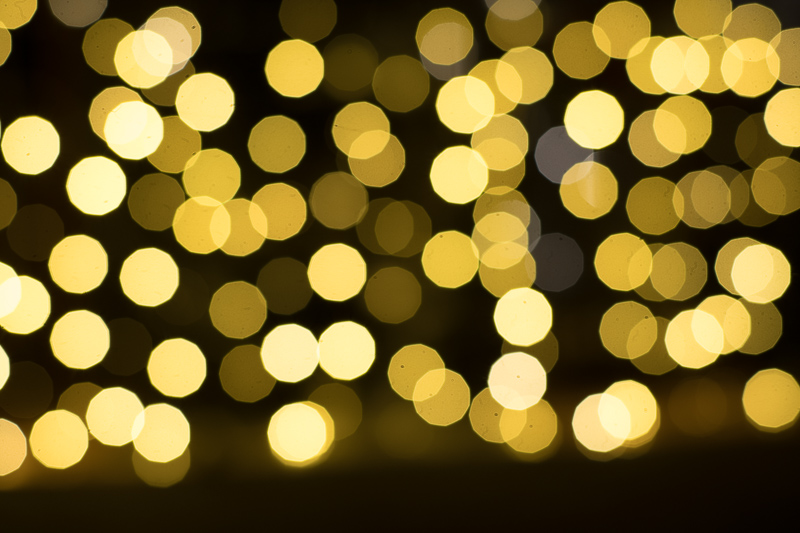
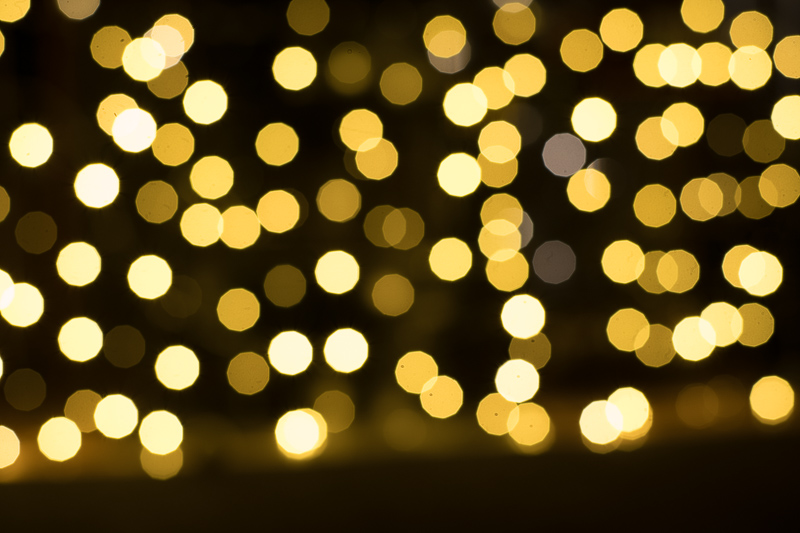
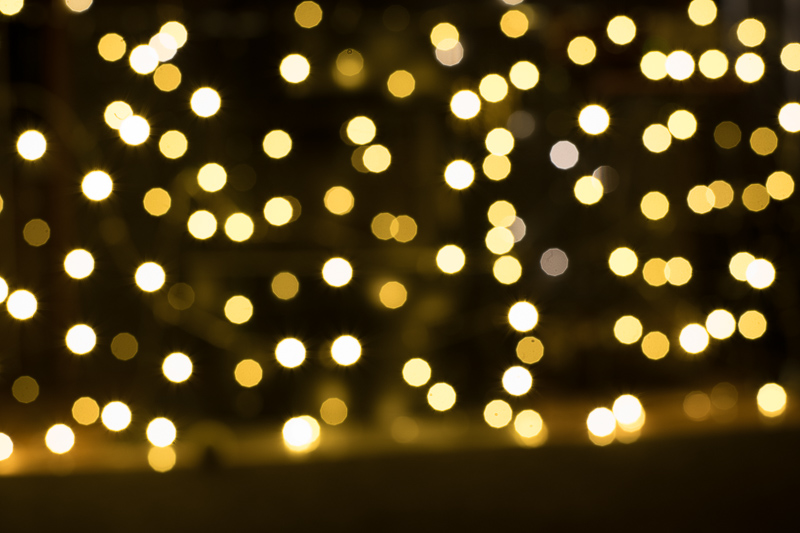

Interesting lens. I like the rendering very much! I could not see the across the frame sharpness stopped down though. Even at F11 it looks quite soft. Or is this a result of higher resolution sensor bigger magnification?
Very ínteresting remark about Mr.Ding 50 which sadly is no longer available.
Two different companies contacted me that they are working on improving the Mr. Ding design.
Both promised me review samples, so you will read about it here when it happens.
Oh! That sounds promising. I hope the price will remain as low as the “original”! 🙂
I would not hesitate to buy the original product without improvements even. I arrived too late for that party.
I understand you liking the rendering. The across-the-frame sharpness is “good” for a vintage lens, which this lens is trying to mimic. Not comparable with modern lenses.
Mr. Ding was only available in M-mount.
Mr Ding 50 1.2 was officially announced on the Z mount.
Ok, thank you for the clarification.
I bought a generic E mount 50mm F1.1 lens for $165 from Celehomey on EBAY. It appears to be an unbranded version of the Syoptic/Mr.Ding. They also have Z and RF mounts listed.
It looks like the Syoptic lens reviewed by Bastian. The typo in the distance scale has been corrected so I am calling it an improved version.
How’s the damping on your lens? I have the Syoptic branded 50/1.1 for Sony E (and paid something over 200€). Damping is way too low, making it feel a little cheap.
I jest checked: there is no error on my lens’ distance scale, either.
The damping on mine is fine. It does require more force to install than I am use to applying to photography equipment. I suspect it is a second and unbranded for this reason.
It is my favorite 50mm and I have a few.
Damping on my copy is good. No error on the distance scale.
Looks like an interesting lens, especially for that price. No idea how trustworthy the Artra website is but it’s about 381€ on it, which is fairly insane for a new 50mm f/1.2.
I think I checked like 2 weeks after the original mr ding lens to see if it was available and it wasn’t. Basically whenever I checked it was always out of stock in some way or another or just not available literally anywhere, so if its design is straight up copied by manufacturers who can actually make and sell lenses rather than make 10 of them in total, all the better to me.
Interesting that you’re not really addressing the speculations that ALL the “Atralab”/”Mr Ding” lenses are in fact ONE and the same optical design, including their even more expensive Noctilux clone? Having used a 50/1.2 Nikkor Ai for a long time, and having looked at a lot of Noctilux images as well, I at least see NO similarity in rendition with this “Atralab”! What I do see is a hipster product STYLED to entice the ignorant. Paired with an aperture that is 1.5 stops off by f/8, by your measurement, and a disclaimer that suggests that you got to keep the lens (and thus that more might be forthcoming under the same conditions in case of a decently positive review), I wonder what we are told here, and what we are not told, be it by you or “Atralab”?
As you say, there are some speculations, but I have no proof. No conspiracy and nothing that I know that I don’t share. No conspiracy. Nonetheless, I have said what we have realised and seen similarities between this lens and Mr. Ding’s one. and indeed, this lens like the Nikon classic 1.2 suffers from spherical aberration, sharp centre but soft otherwise wide open. Both this and those classics get decently sharp when they are stopped down. It is a hyped product helped by its visual resemblance to classic Nikon. You may have other info, which I don’t, but I got a lens for review and wrote what I saw, that’s all. I found this anomaly, I wrote about it and asked Artralab if they could explain, they gave med an answer and I without any change quoted that without analysing or drawing any conclusion. I left it to the readers. I have not seen any other review that has highlighted this behaviour, so this should be the most honest review after all.
that justification for having uneven EV drops from clicks stops is total bullshit. what is happening is they linked the iris directly to the aperture ring which results in a logarithmic scale. old lenses were constructed like that and apertures had wide spaces between low f/numbers and progressively smaller spaces when stopped down.
They have this kind of old style aperture adjustment, but they printed a linear scale instead without a special link to transform to linear aperture, so naturally the effective aperture does not match.
given your measurements , at f/3.5 on the scale the aperture is really set at F2 for instance.
that’s just plain wrong engineering . they messed up and try to cover it up . too bad because it looks like a great project but this spoils it.
Your description about how aperture works and its linking to the scale ring is completely correct. I found this anomaly, I wrote about it and asked Artralab if they could explain, they gave med an answer and I without any change quoted that without analysing or drawing any conclusion. I left it to the readers.
I don’t think they “messed this up” I think they do this deliberately.
I had the Artralab 35mm f1.4 and it had fantasy aperture markings meaning that if you’re going for greater depth of field you might struggle to get it. For example when set to f8 the aperture looked to be something like f3.5. So how do you get depth when going for it when their f16 is nothing like it and more like f8? Artralab initially ignored by emails until I sent them a snotty one and their reply was…
“What you are experiencing with the aperture markings is indeed a known characteristic of this lens. For aesthetic reasons, the marked aperture values do not perfectly reflect the actual aperture sizes.”
What tosh. If this new 50mm has similarly inaccurate apertures I wouldn’t touch it if it was free and I think reviewers should shout this issue from the rooftops and if possible embarrass Artralab into making lenses with believable aperture settings.
At the very least potential buyers need to be aware that these lenses may have misleading aperture markings which may lead to shots being taken with much wider apertures than you think you’re using.
My solution, I just use my Sony mount Voigtlanders. They’re better anyway and the apertures are believable.
I was pretty hyped to see the Nocty as I just got into old Nikons and already have a F3 and FM3A on my hands… sad to see this lens does come for all sorts of mounts – but not for F-mount. Oh, the irony 🙂
“If this lens had existed back in the film era, before off-the-film metering, that would’ve been a real problem. But in today’s digital world, the inaccuracies in aperture values don’t make a difference.”
That’s how they explain it, but it does make a difference to me. First because I do edit exif and wish to have at least somewhat precise info (this lens is not for point and shoot users anyway) and also if you, say, use ND filters.
But nevermind all that. I still don’t understand the idea they shared in their reply, and how misleading aperture values make this lens better in any imaginable way, objective or subjective. They sound so condescending… If they want to trick us into thinking we have stopped the lens down, so that we have rounder specular highlights while imagining that dof is what is it not (what a funny idea), then adding more aperture blades sounds like a much better idea.
I try to remain as neutral as possible in my reviews and avoid inserting personal opinions. However, I personally think it’s a misguided idea—if intentional—to preserve shallow depth of field or preserve round specular highlights even when stopping down and for that reason design the lens with incorrect aperture settings. It’s also a questionable choice if aesthetic appearance was prioritized over optical precision. In the article, I clearly highlighted the behavior and included the manufacturer’s explanation. I left the judgment to the readers.
That said, what I wrote in the article is also true, the optical performance is not affected, regarding sharpness, coma, vignetting, CA, bokeh, etc. You, will lose the depth of field and “real” apertures of f8 and f11 though.
Martin, thanks for this quality review with, as always, the pros and cons. Congratulations for checking the apertures values : A no-go, nonsense for me. Also the comparison with the Mr Ding regarding the bokeh is a key point. I’m the happy owner of the original Syoptic version, M-mount (thanks to Bastian). And there is another no-go for me: The proprietary mount (Z, E, RF, you name it) for a fully manual lens. These type of lenses must be able to be used on several platforms, taking advantage of the mirrorless flange distance; A good part of “the golden age of photography” 😉
Why is the syoptic 50mm 1.1 not in the comparison?
For me always the best bang for the buck.
Moreover are you getting the new Mr.Ding Noxlux DG 50/1.2 for Nikon-Z?
I asked for one, they promised me one, I haven’t heard since.
It was a miss, I have mentioned it in the same part as Mr Ding lens was mentioned now.